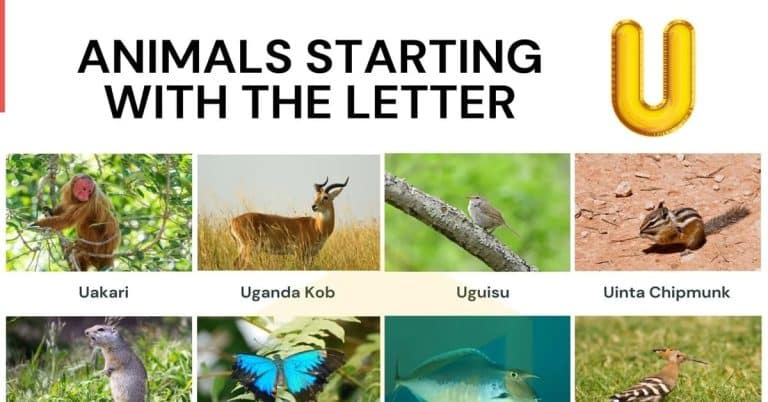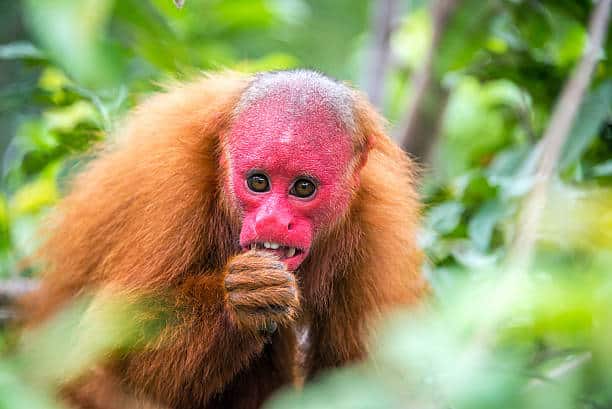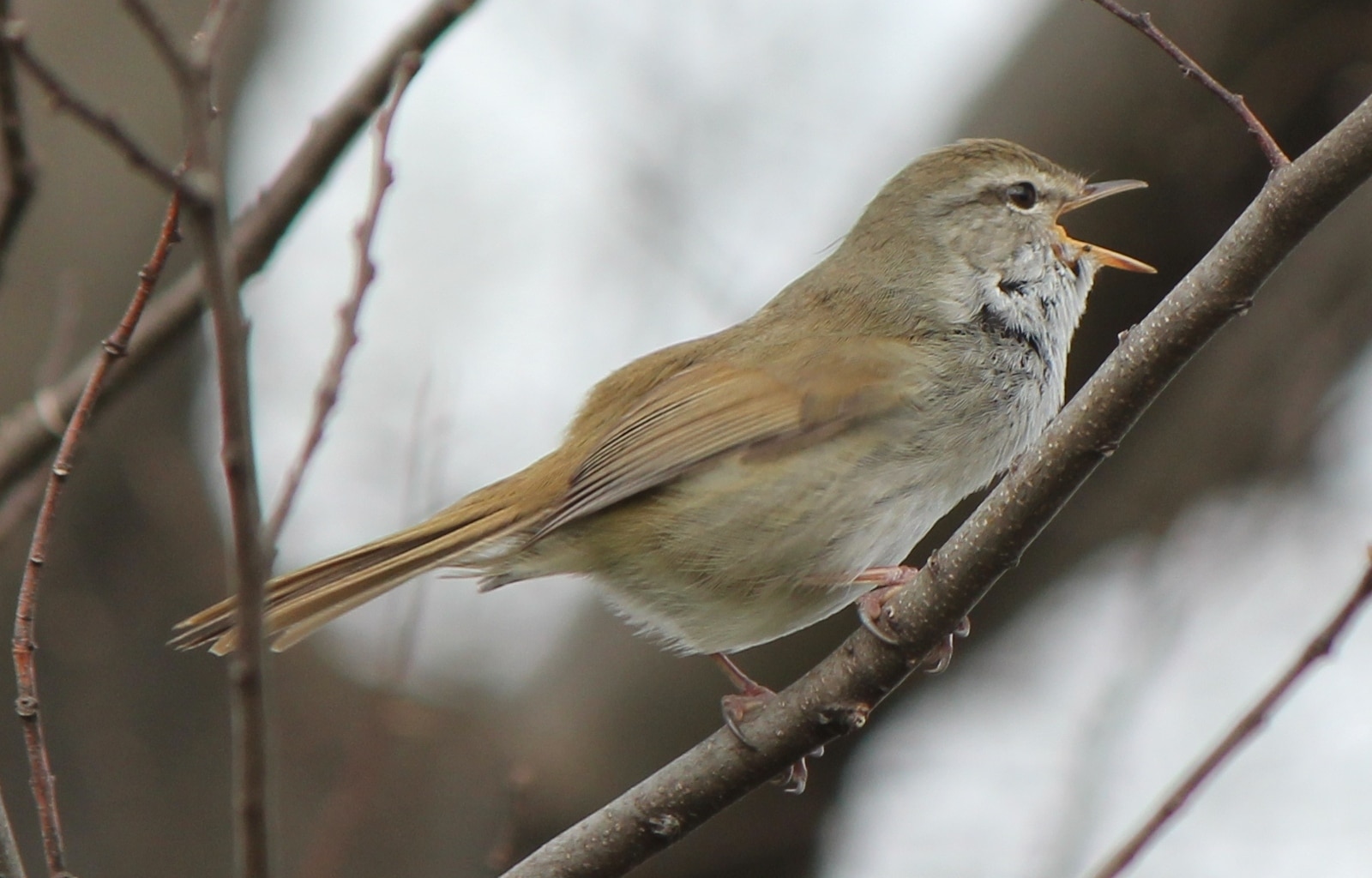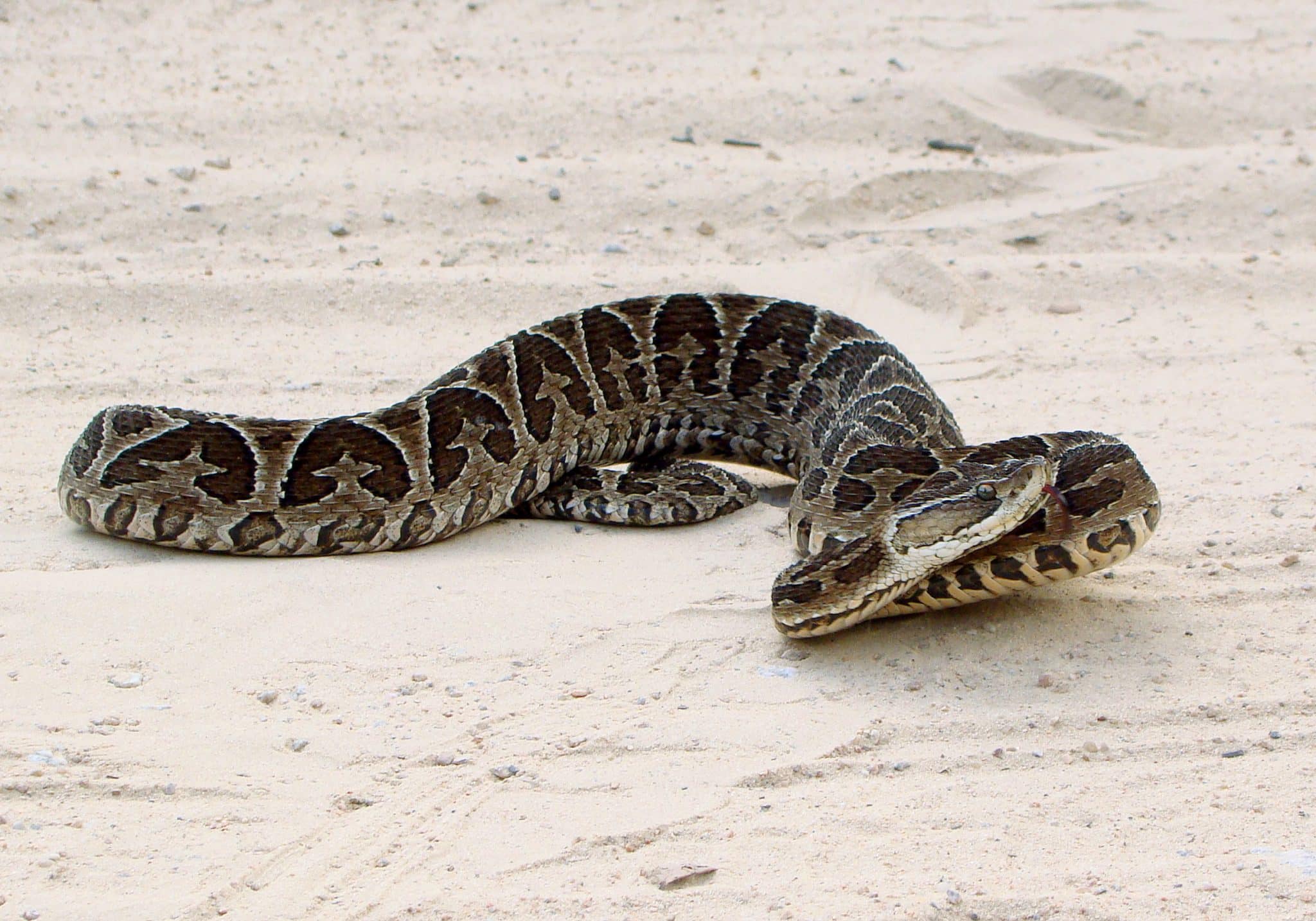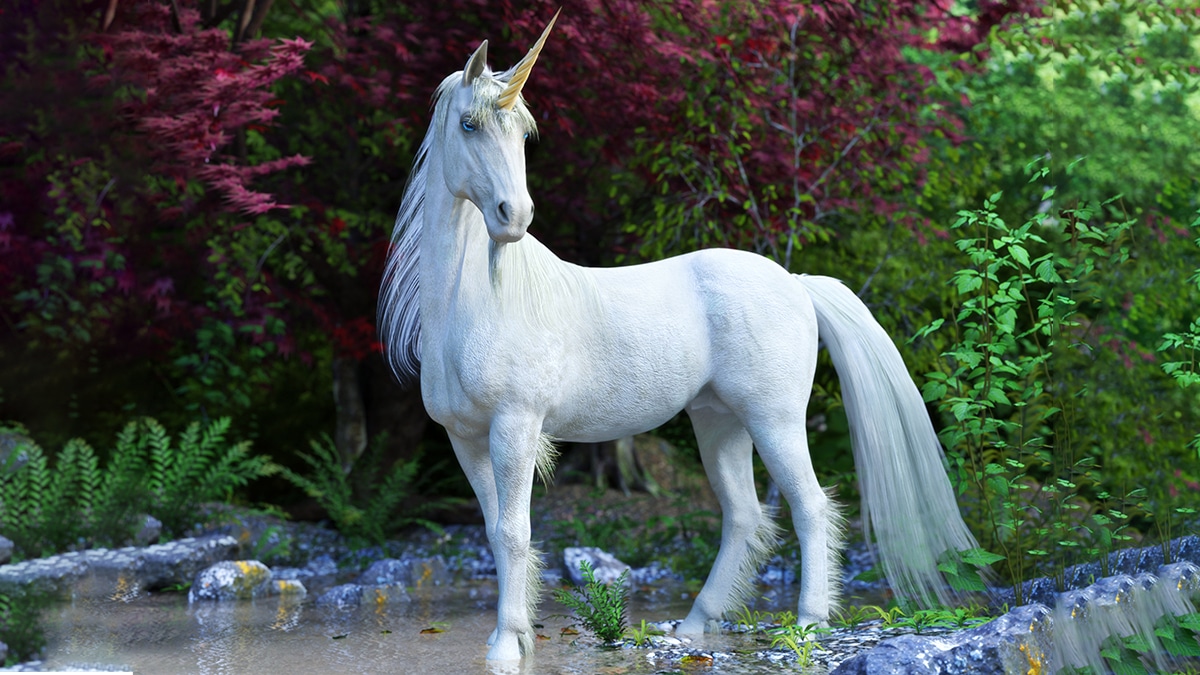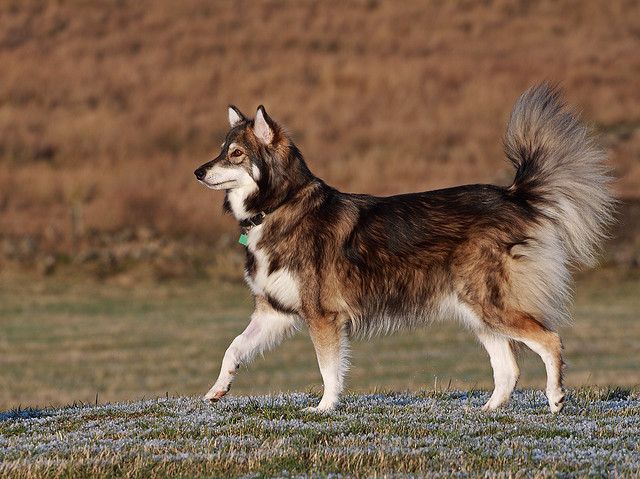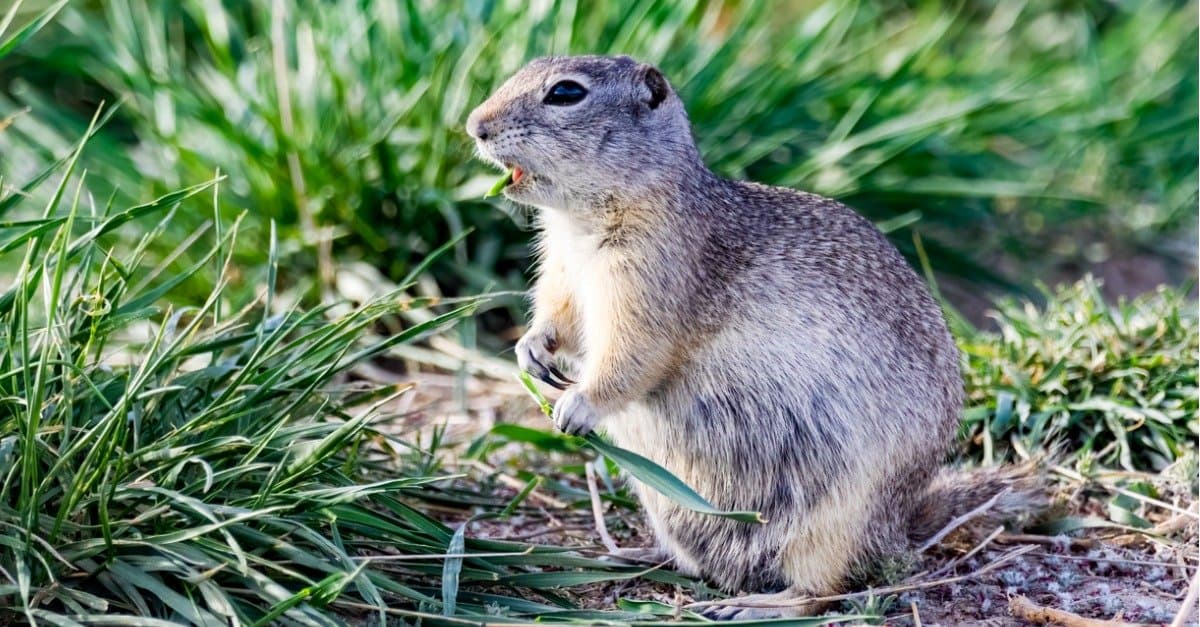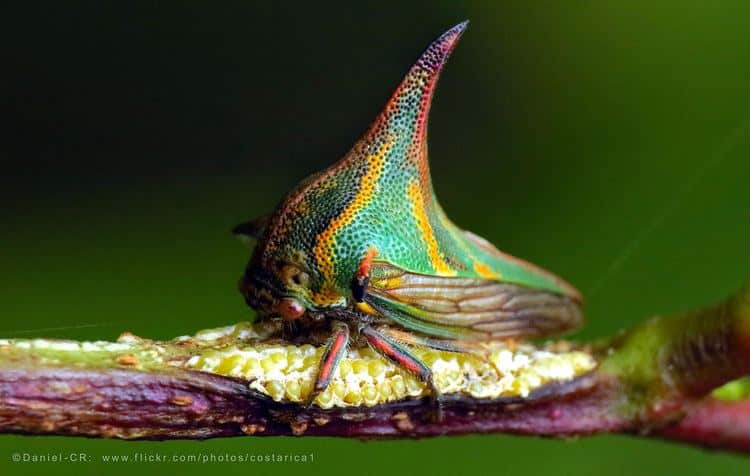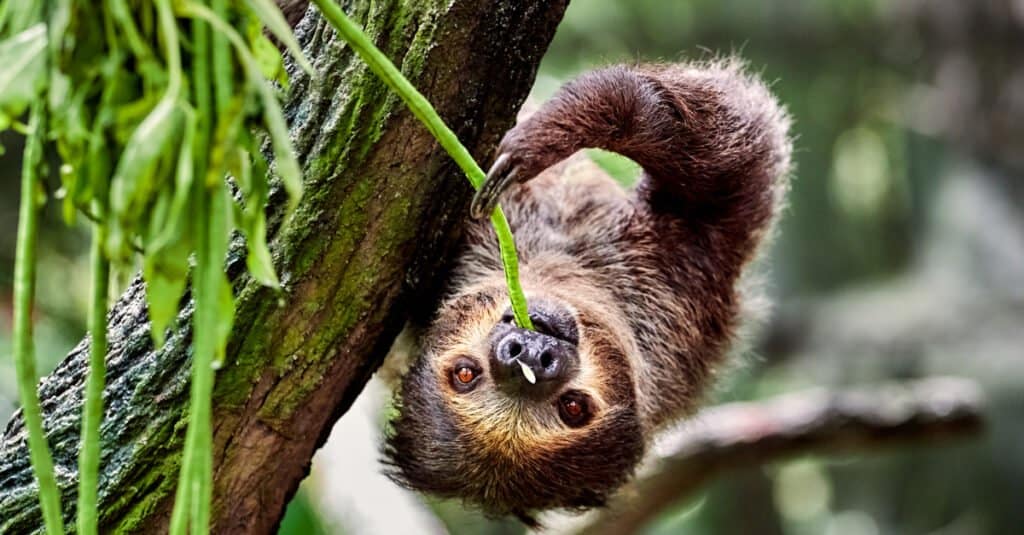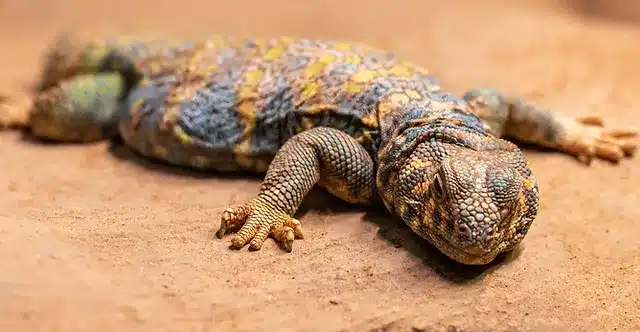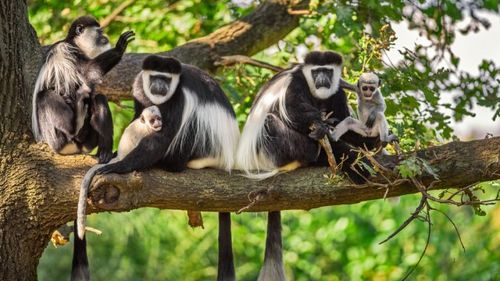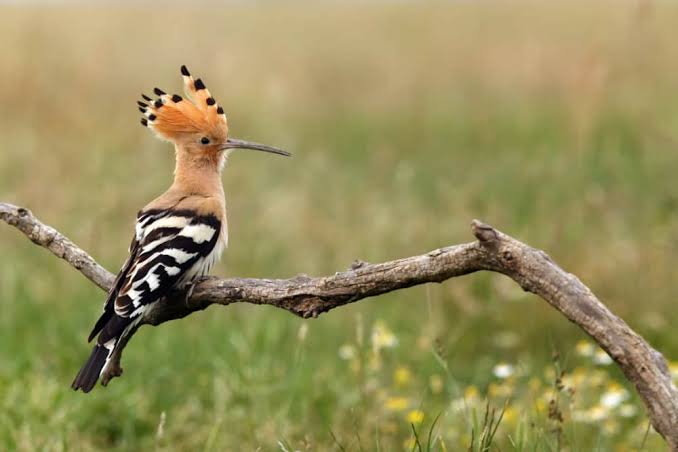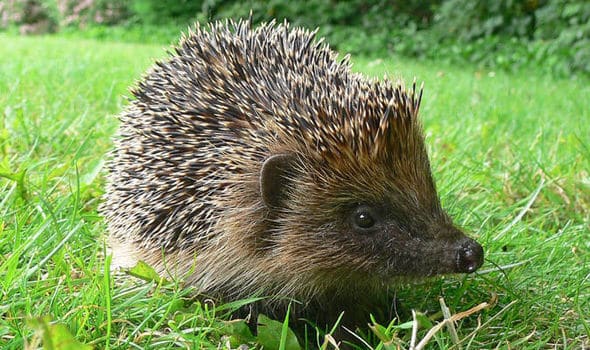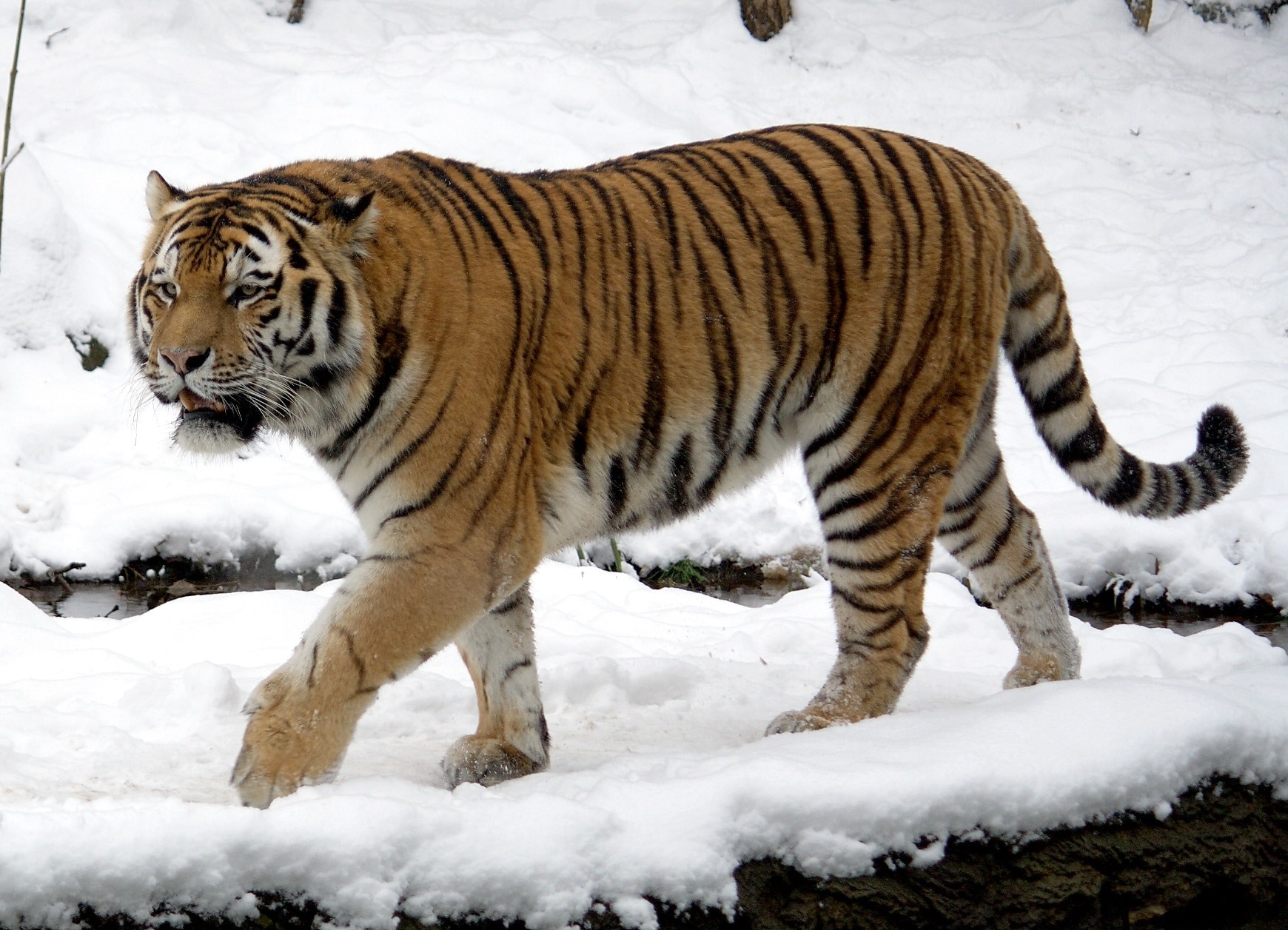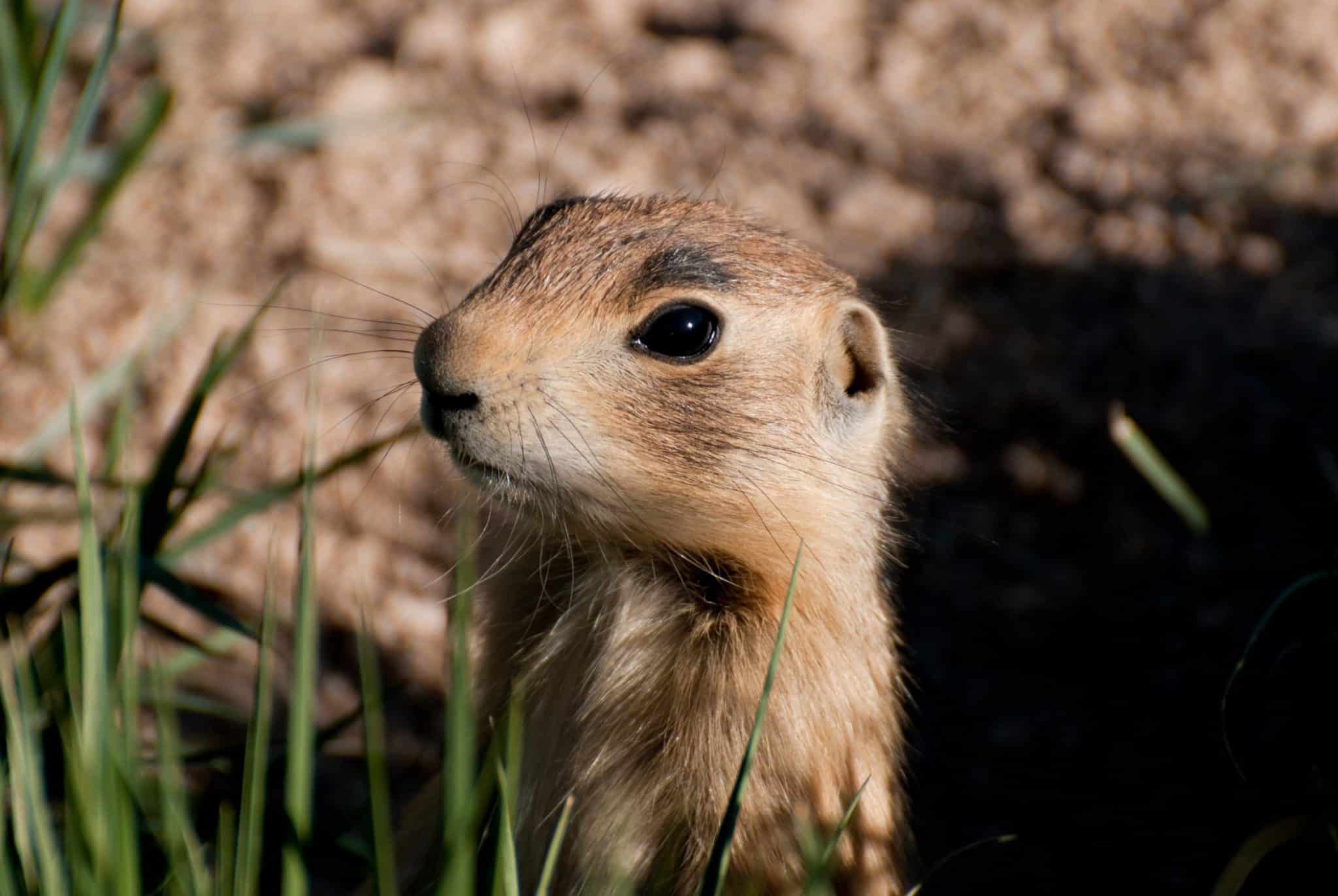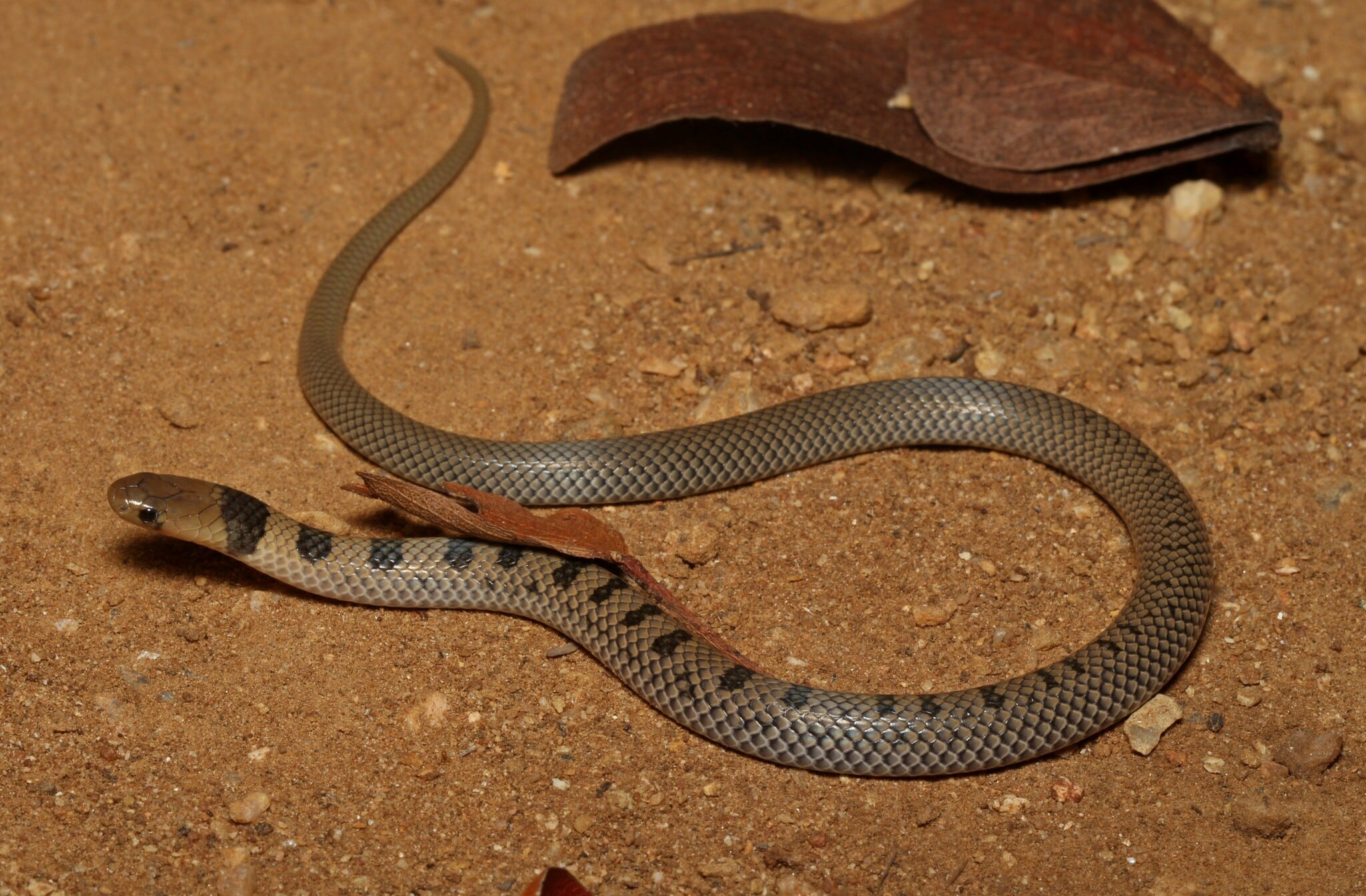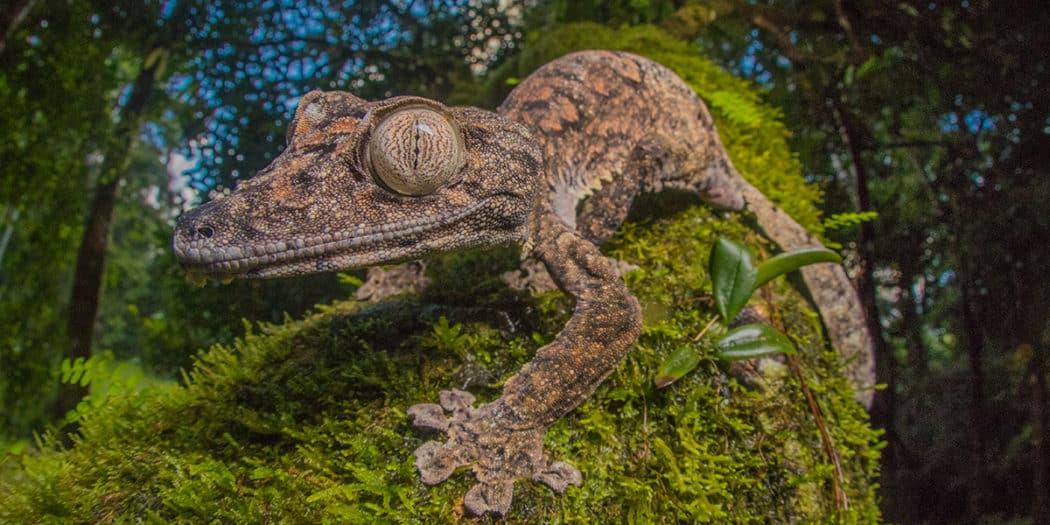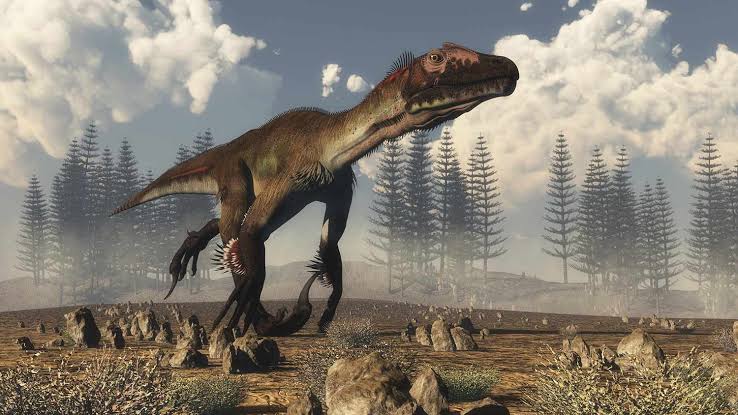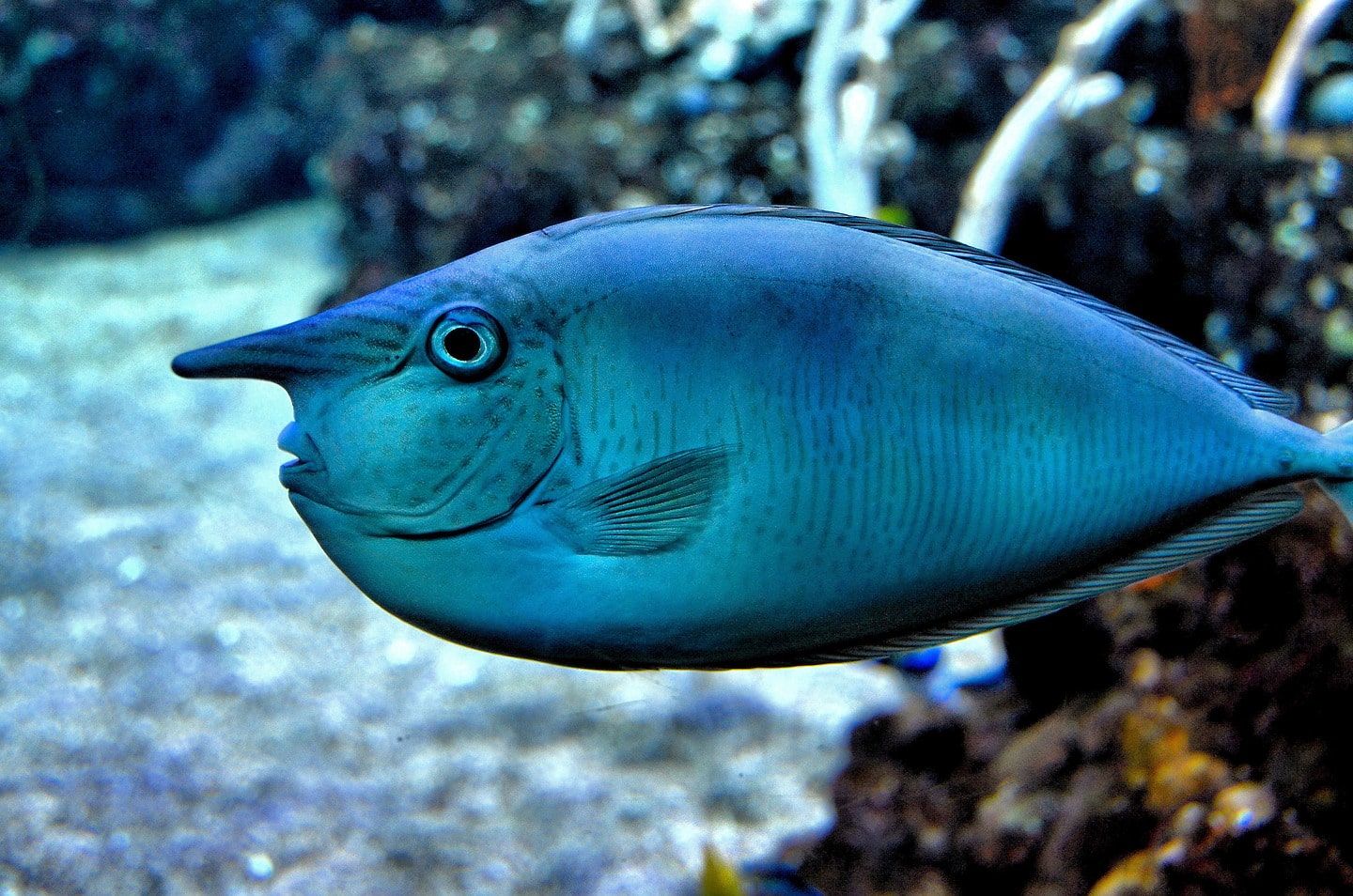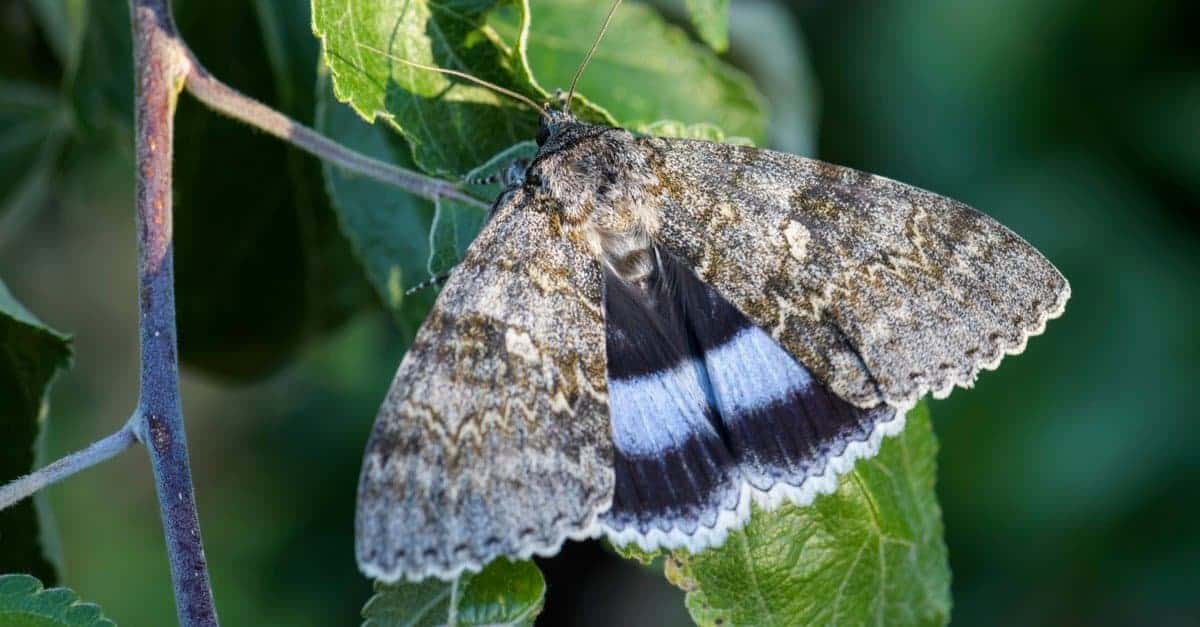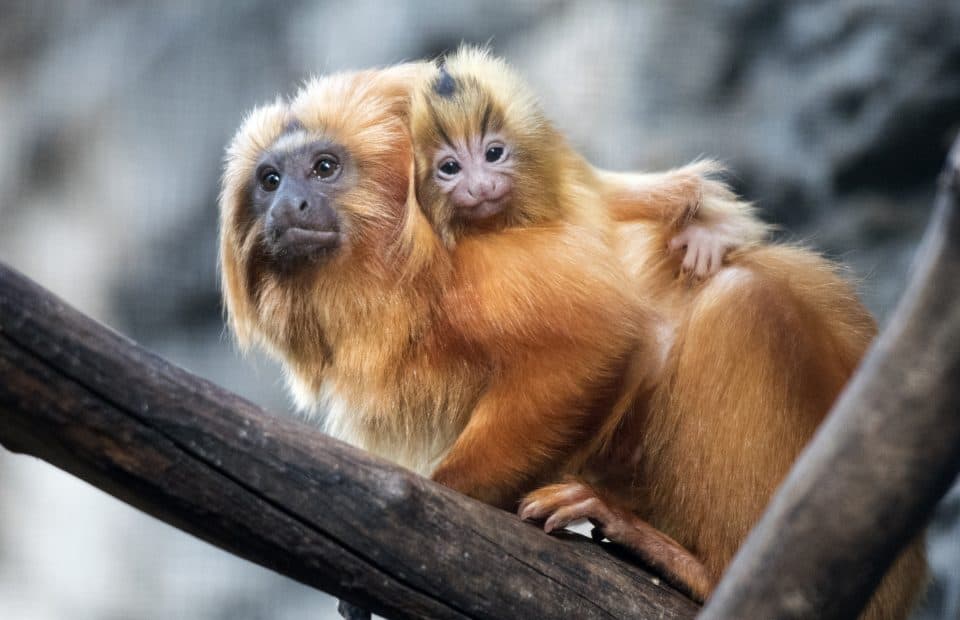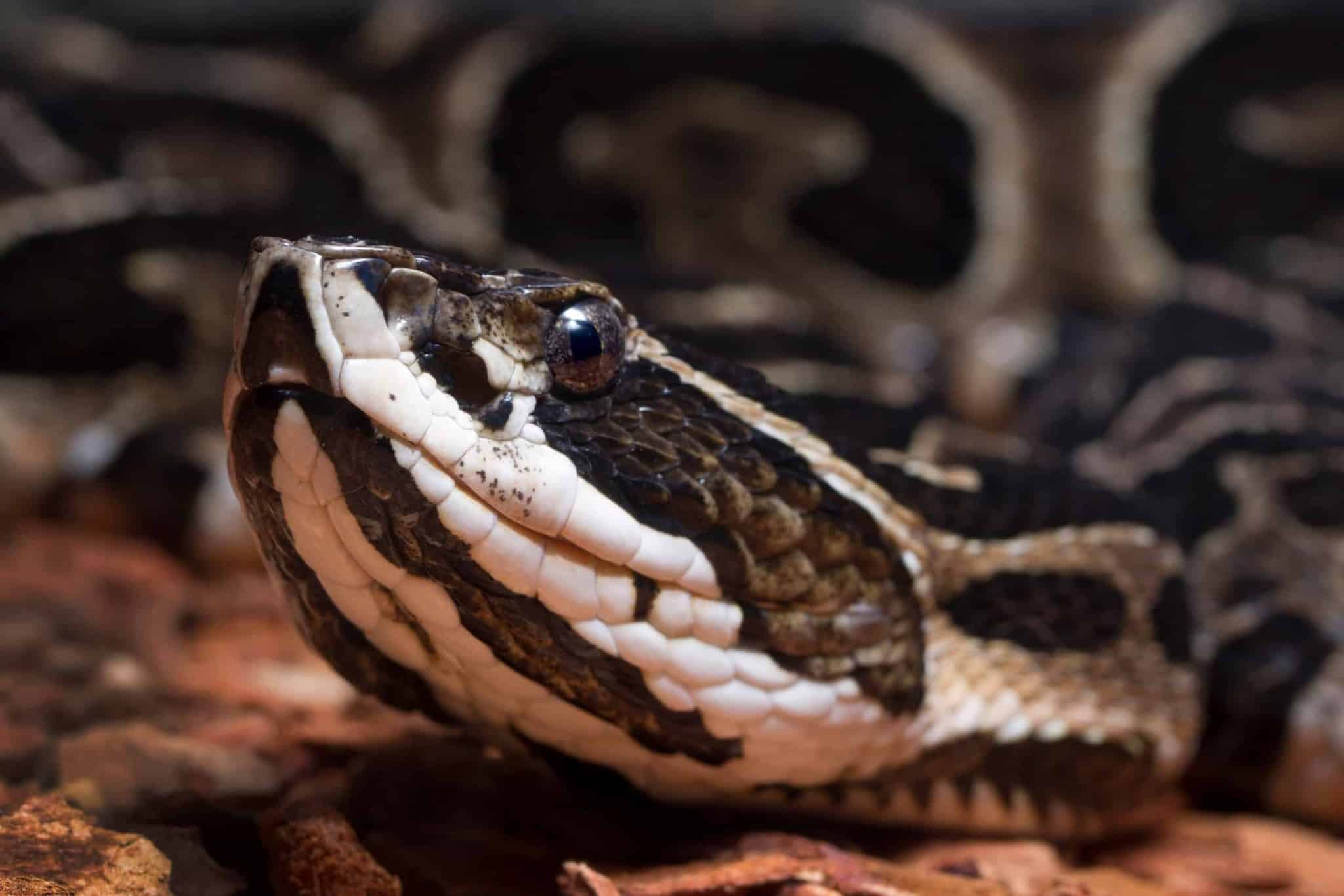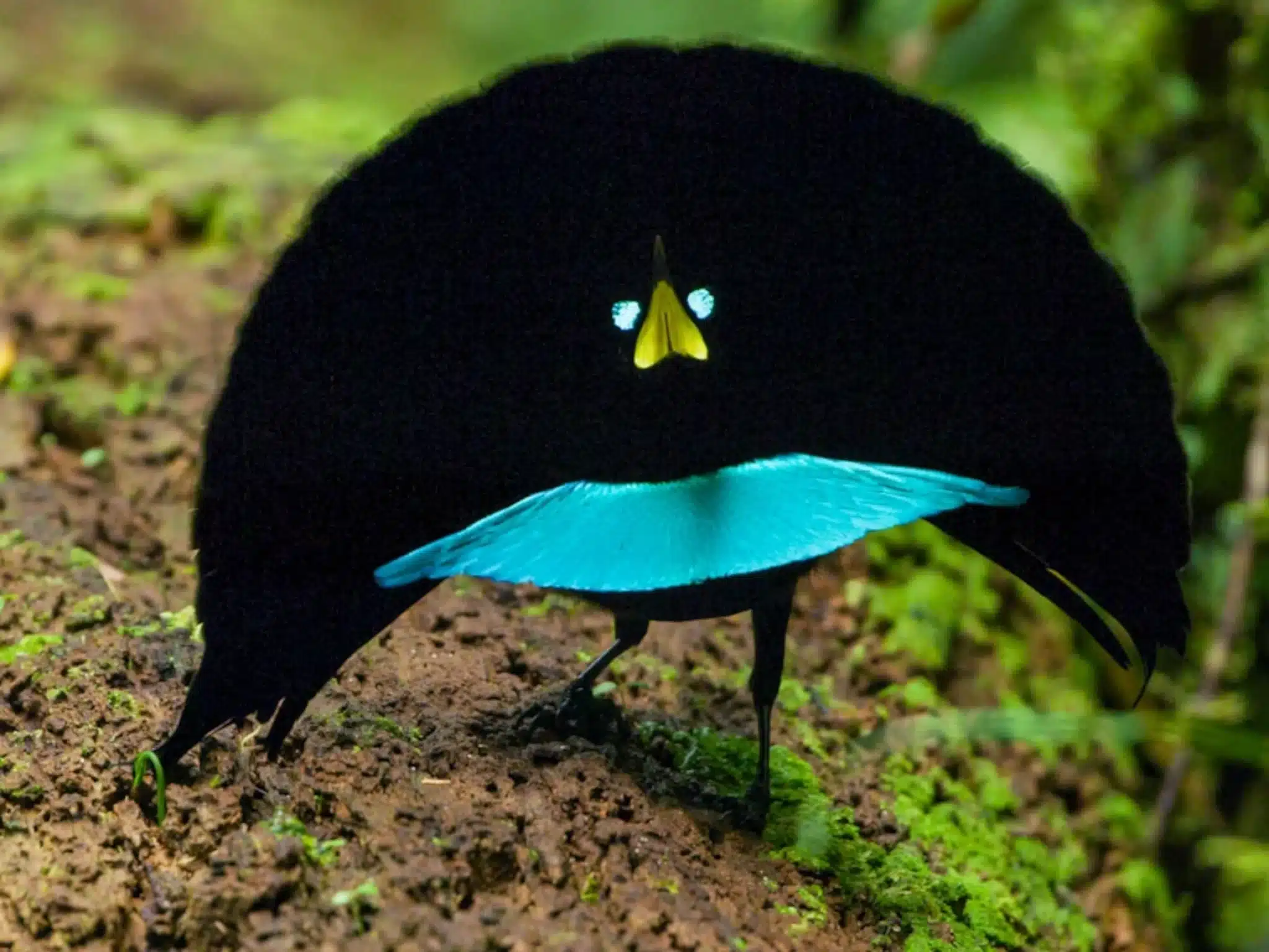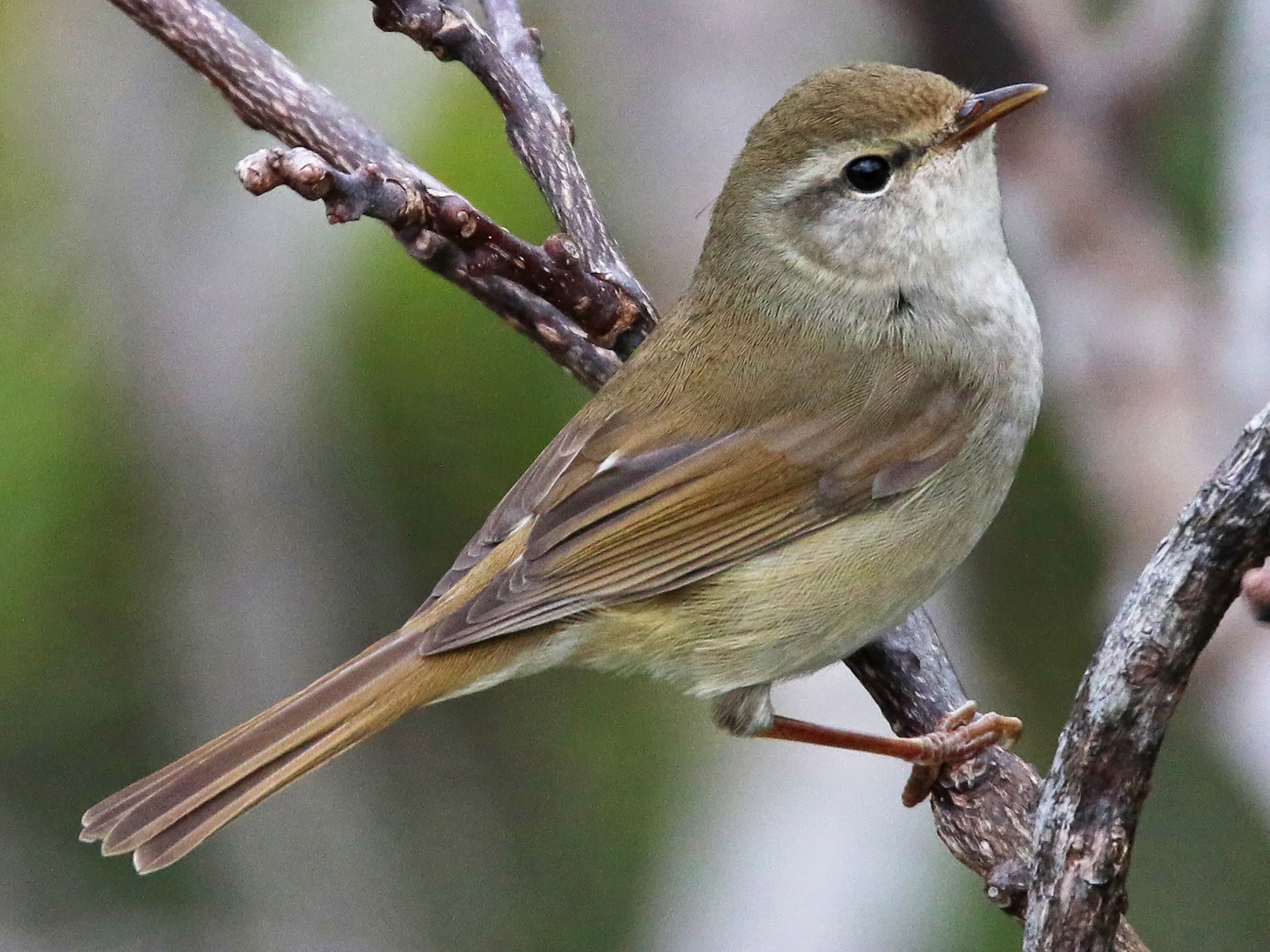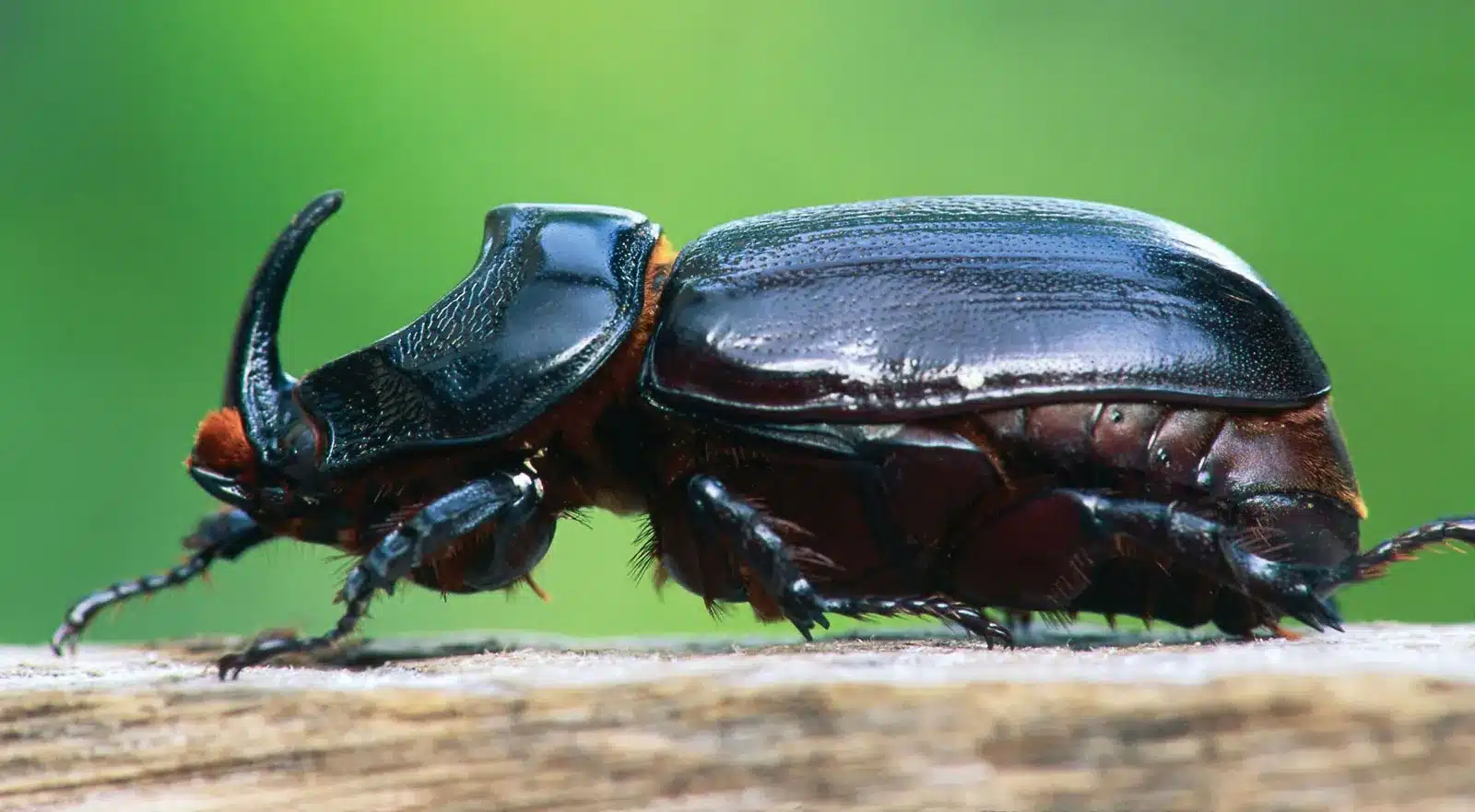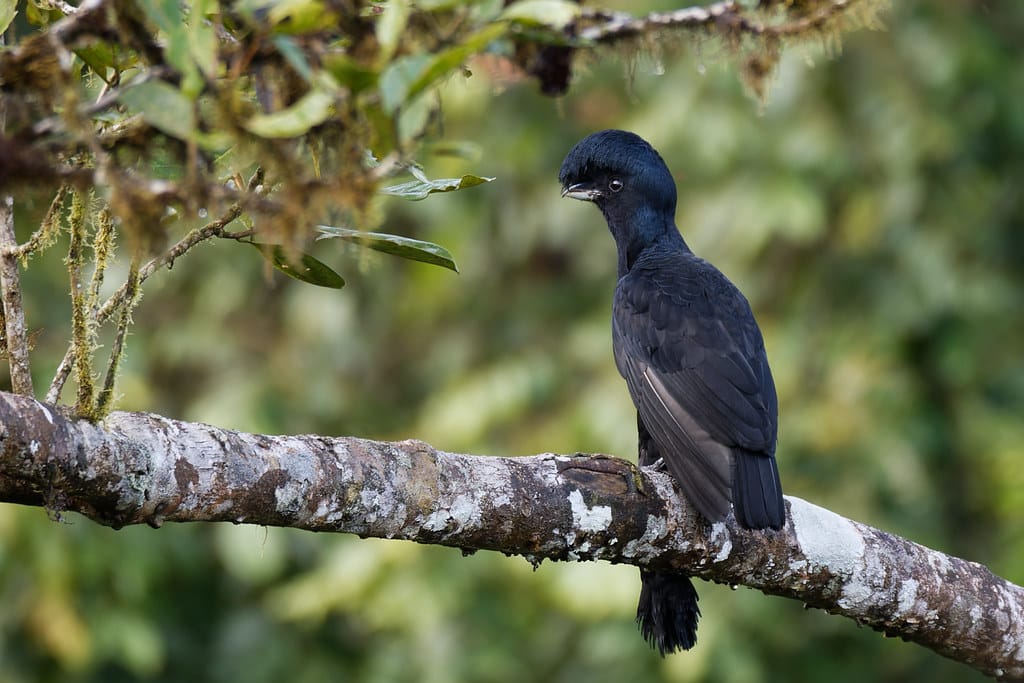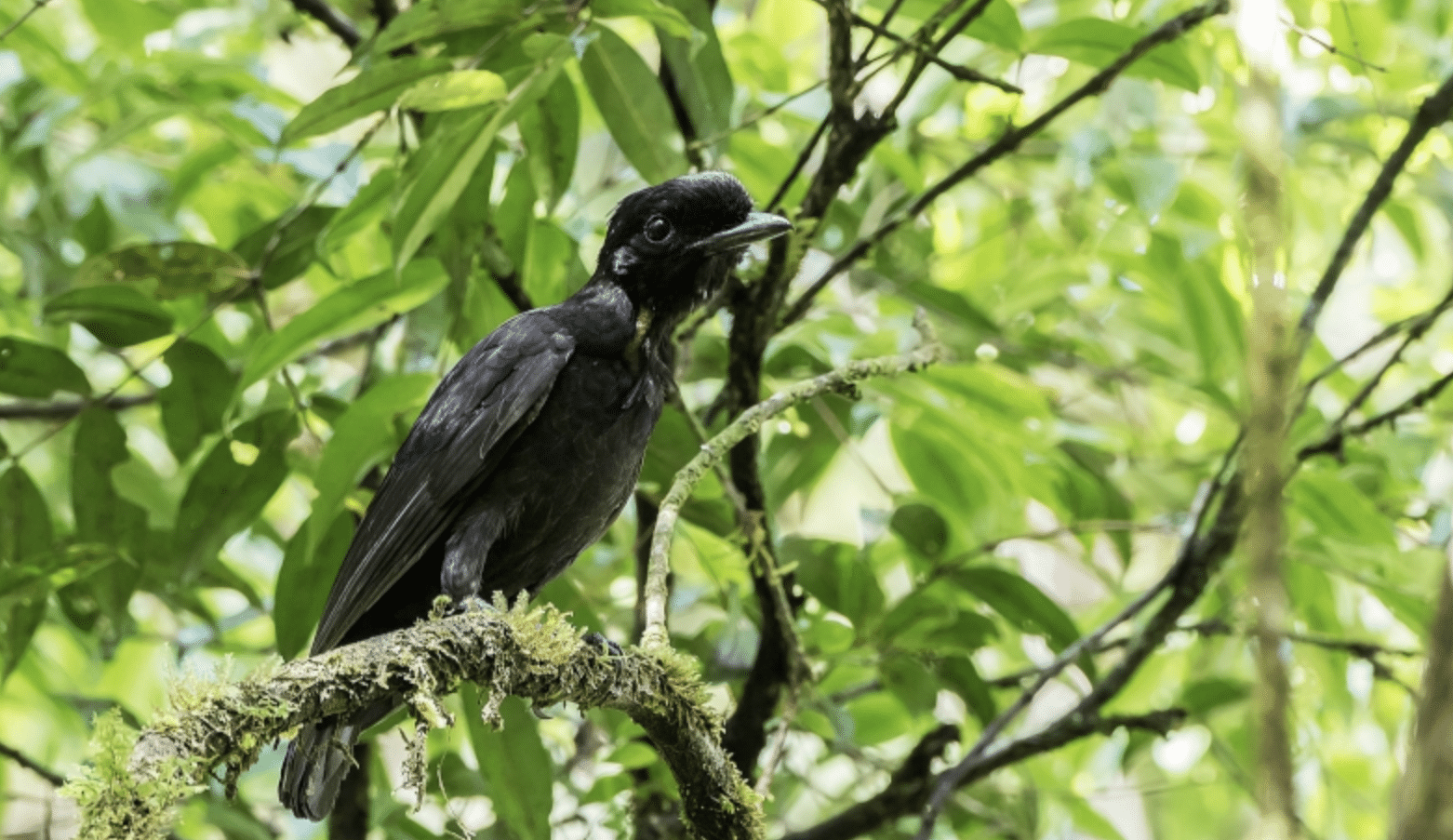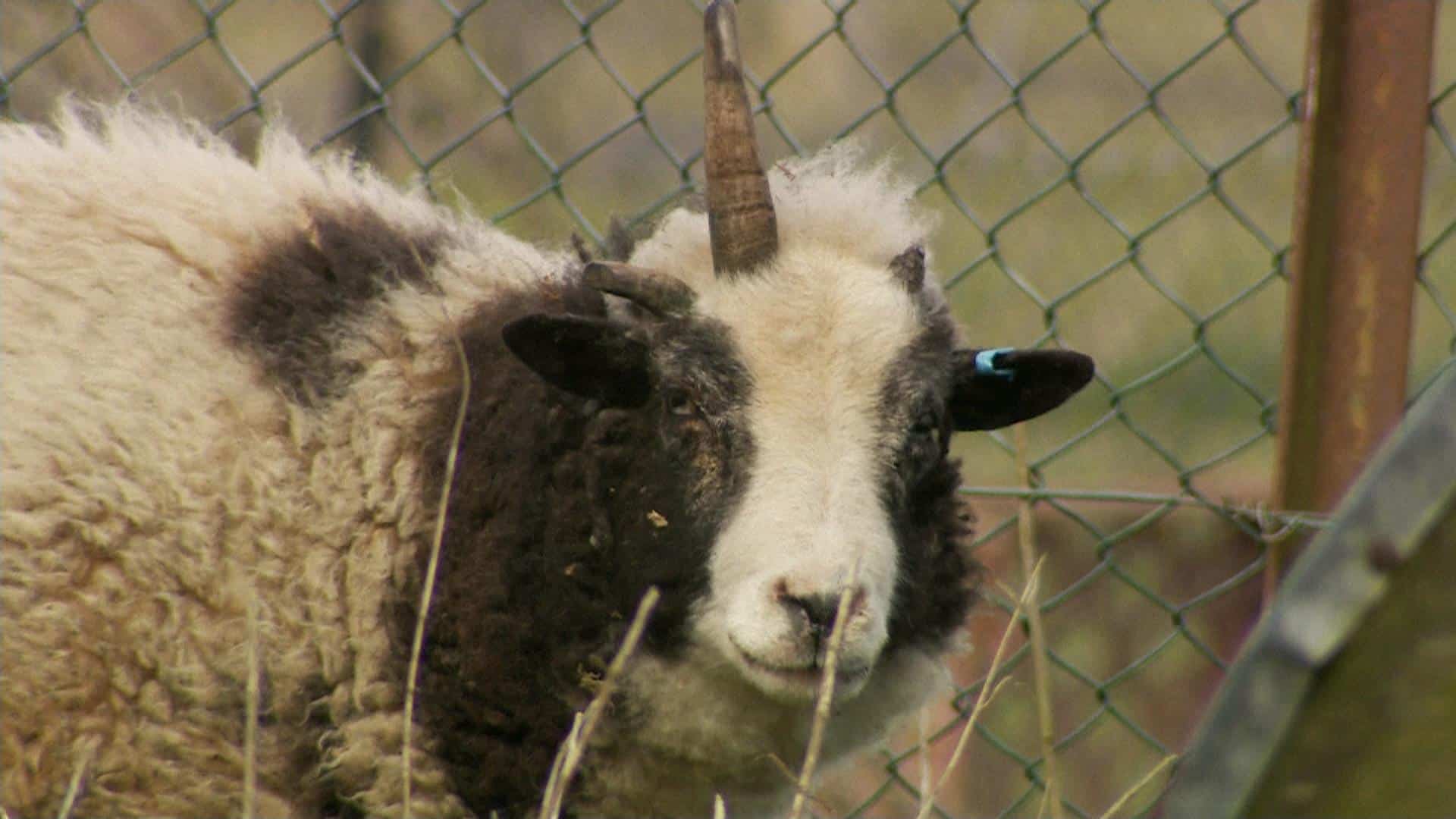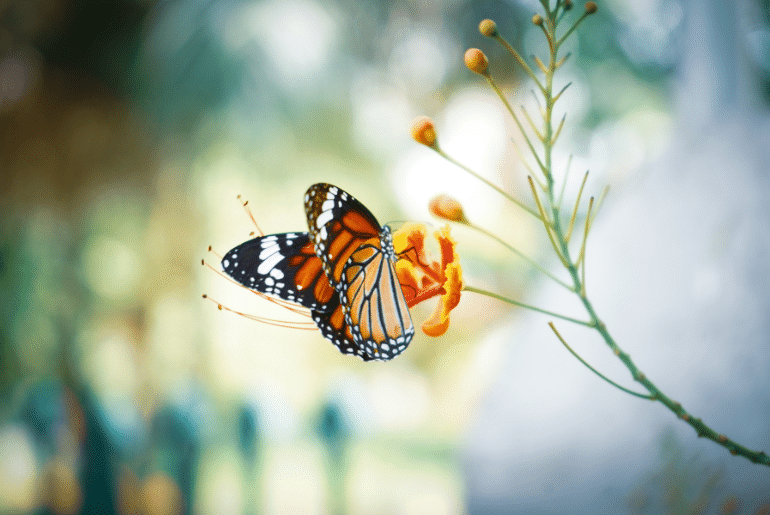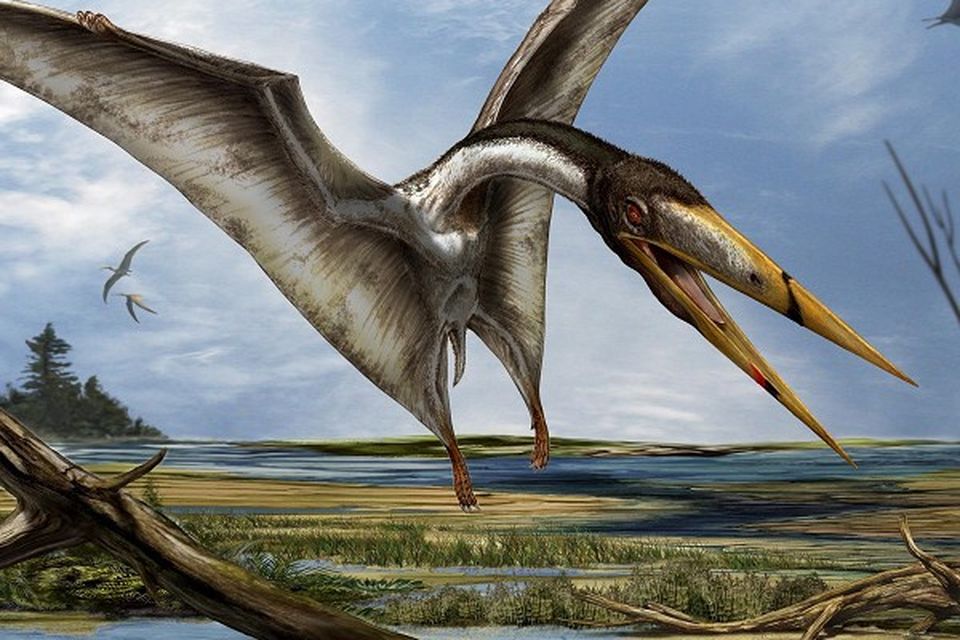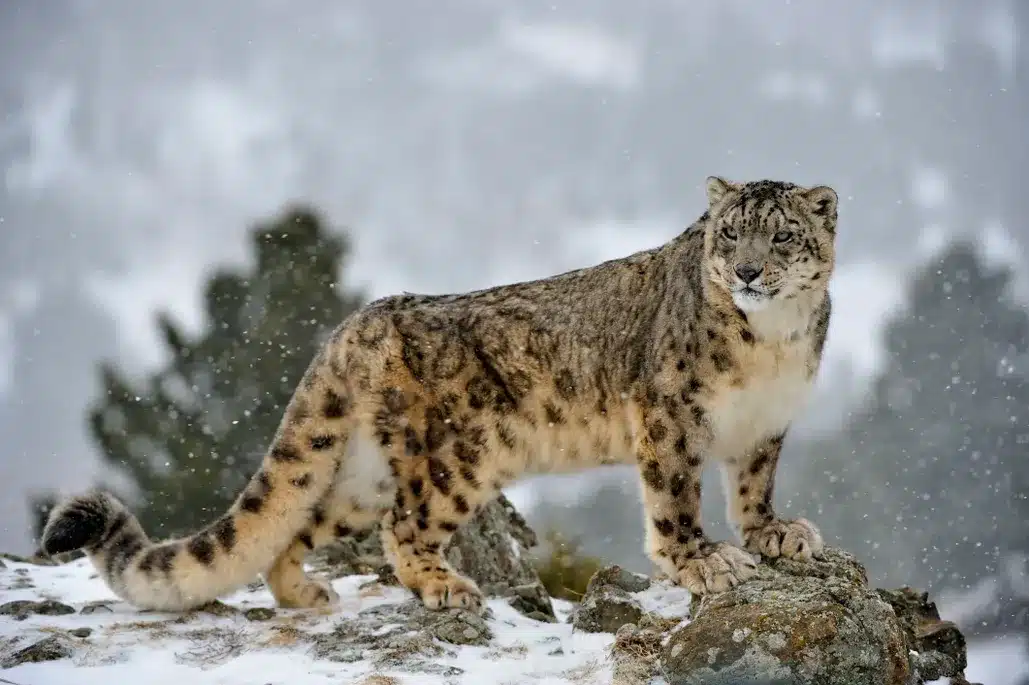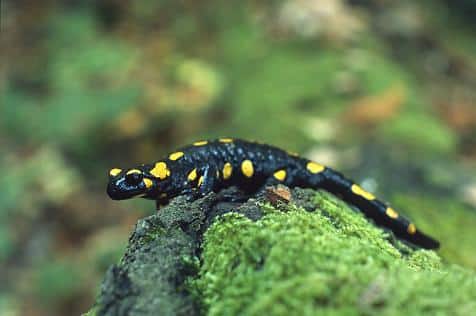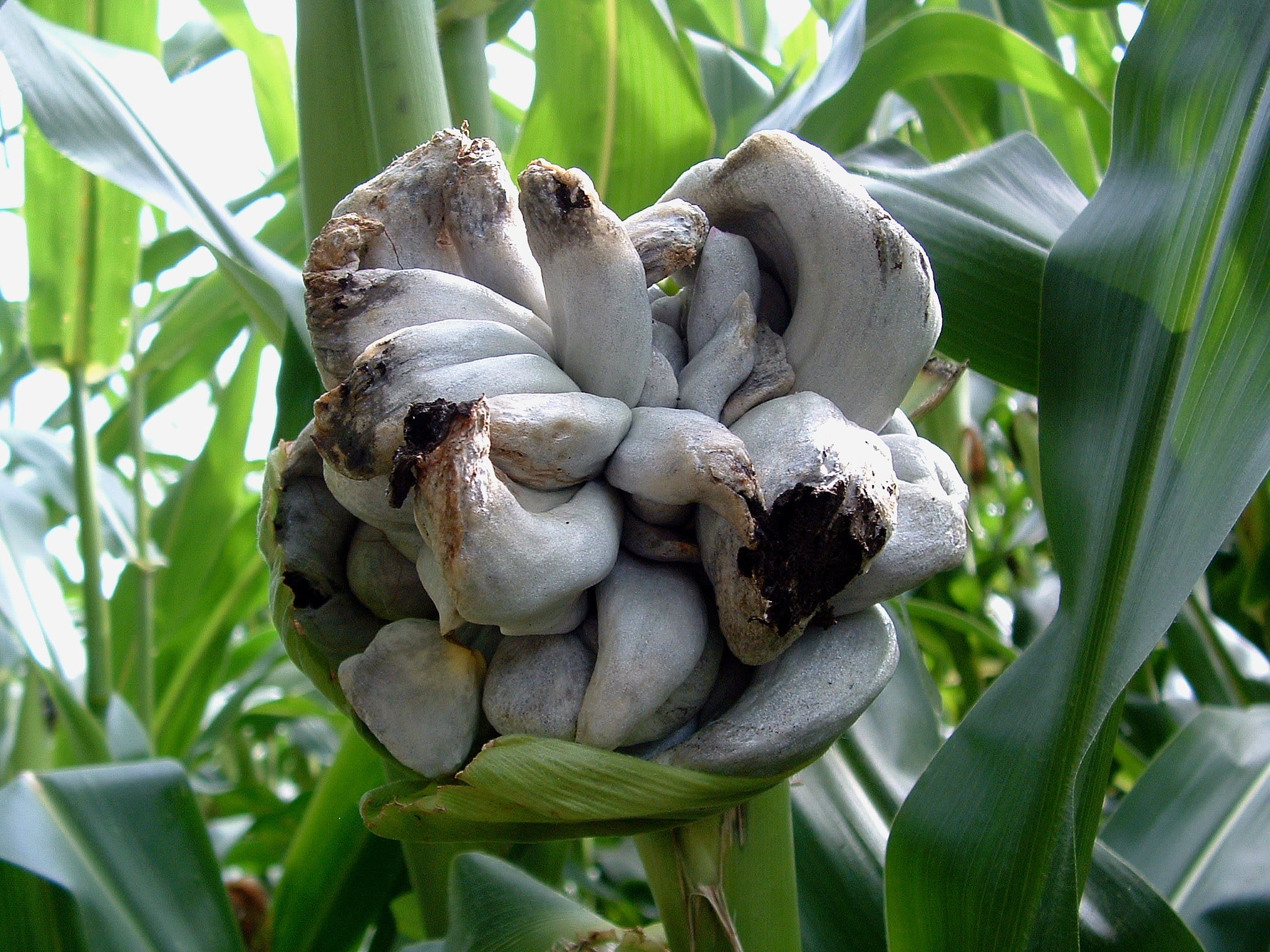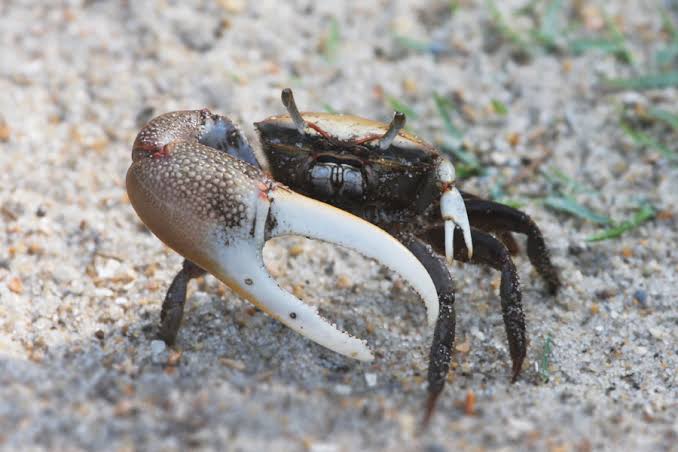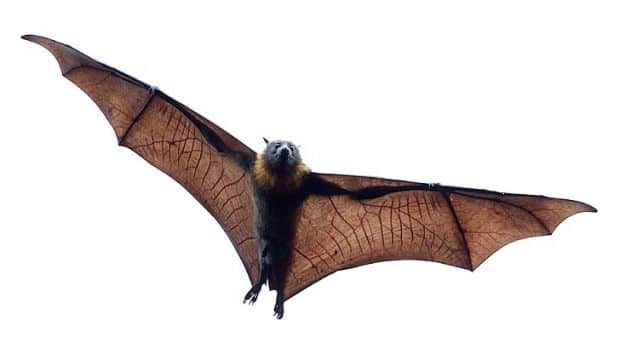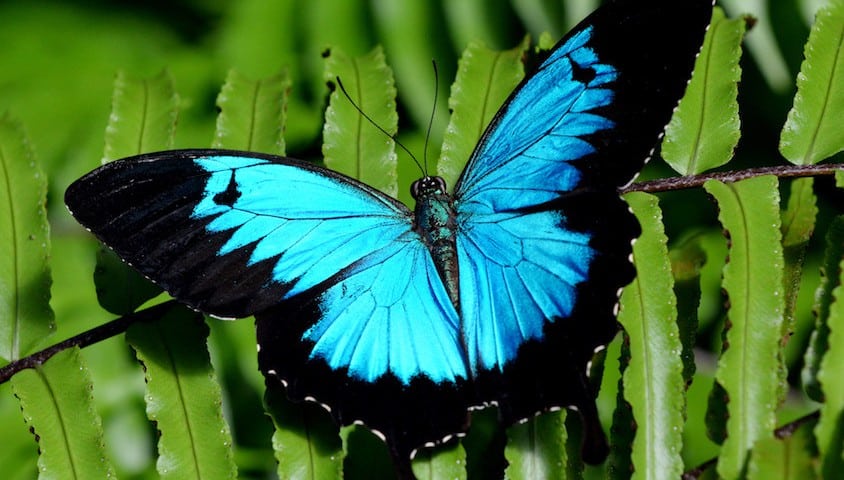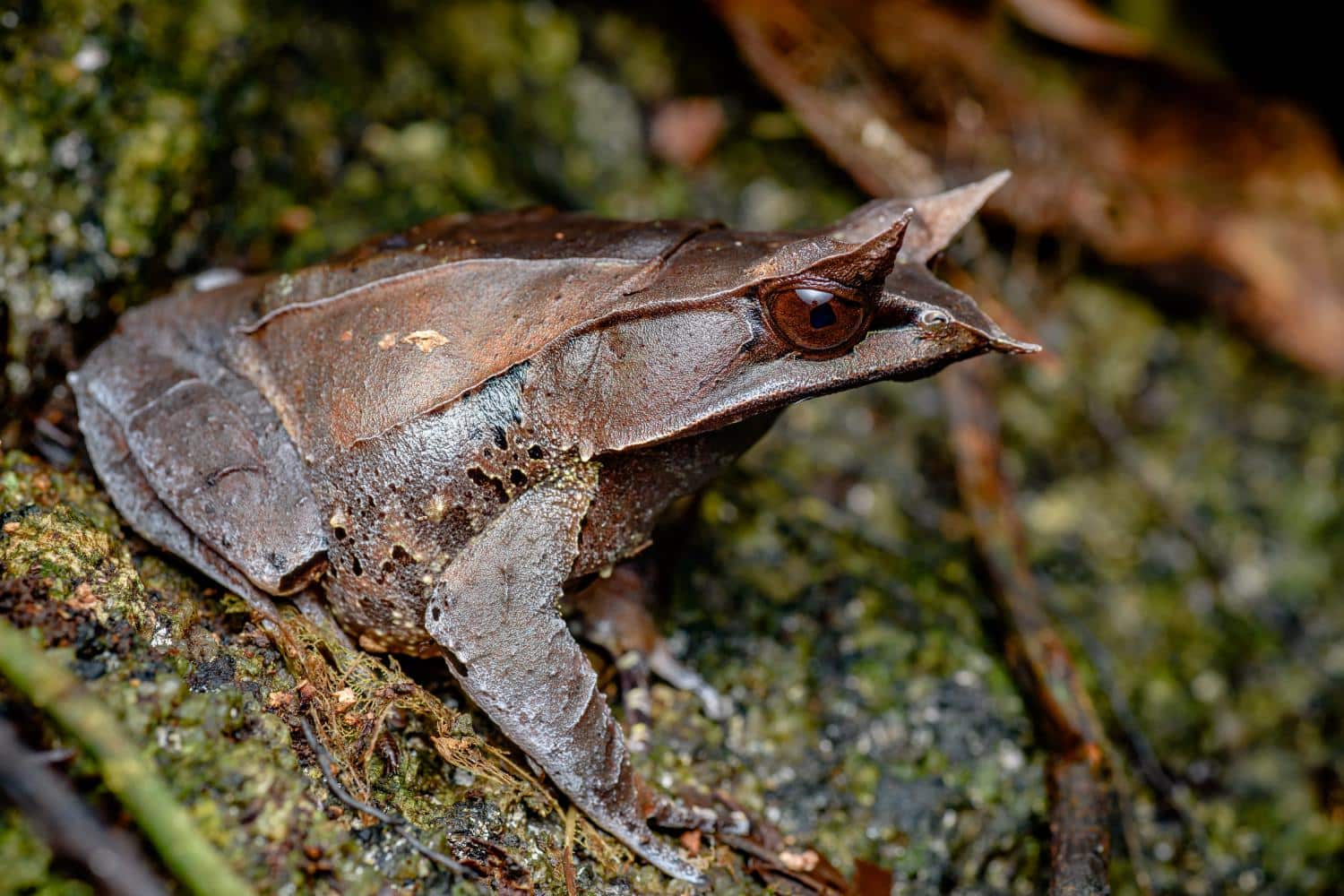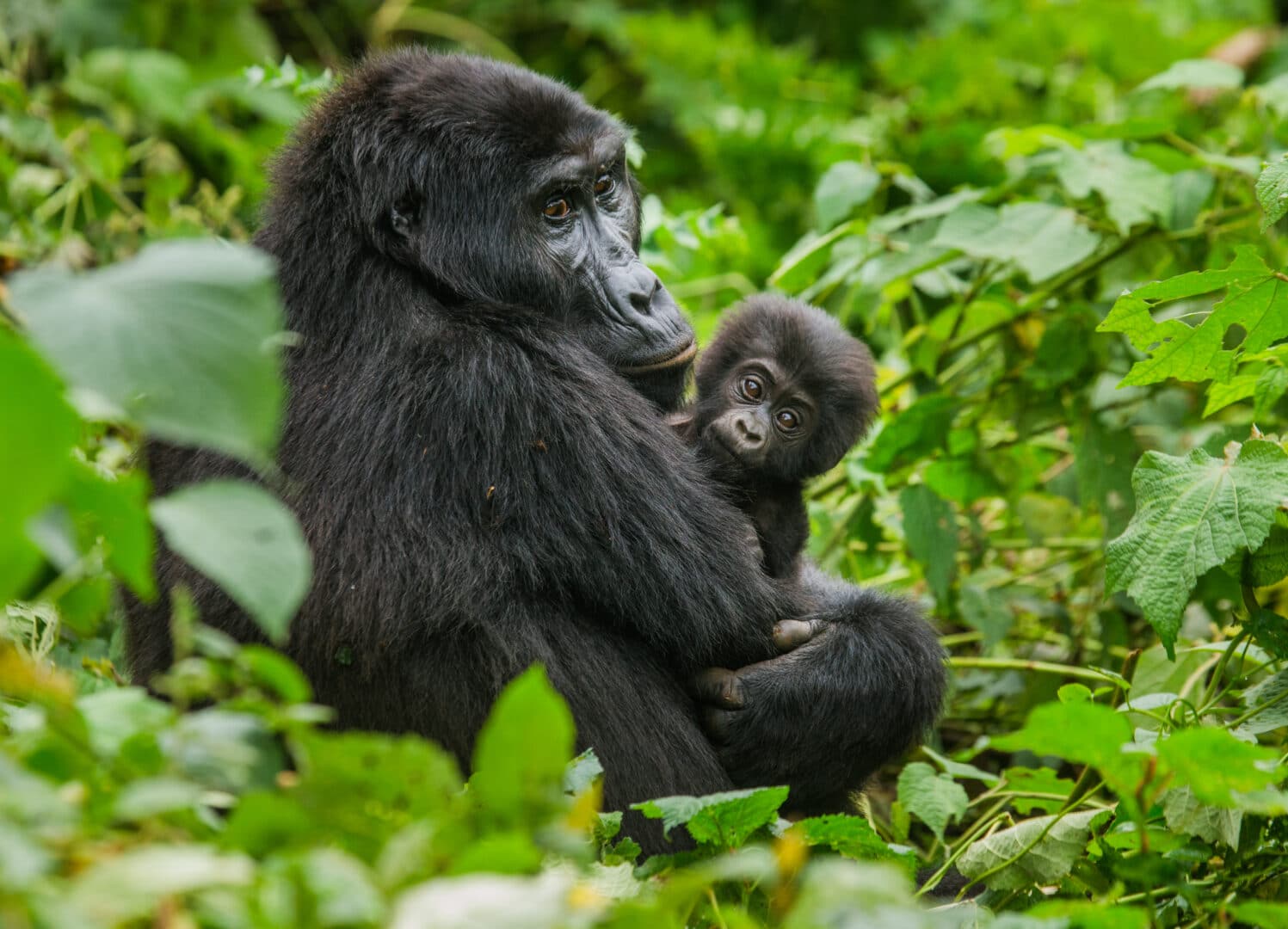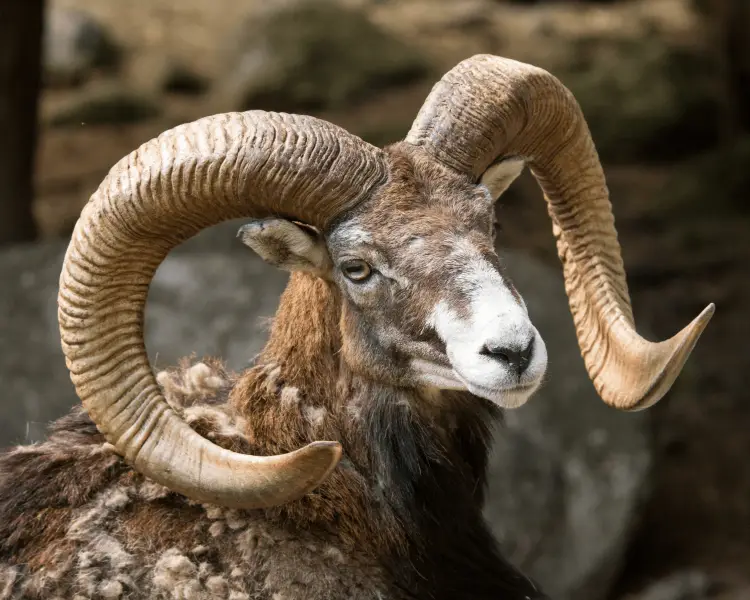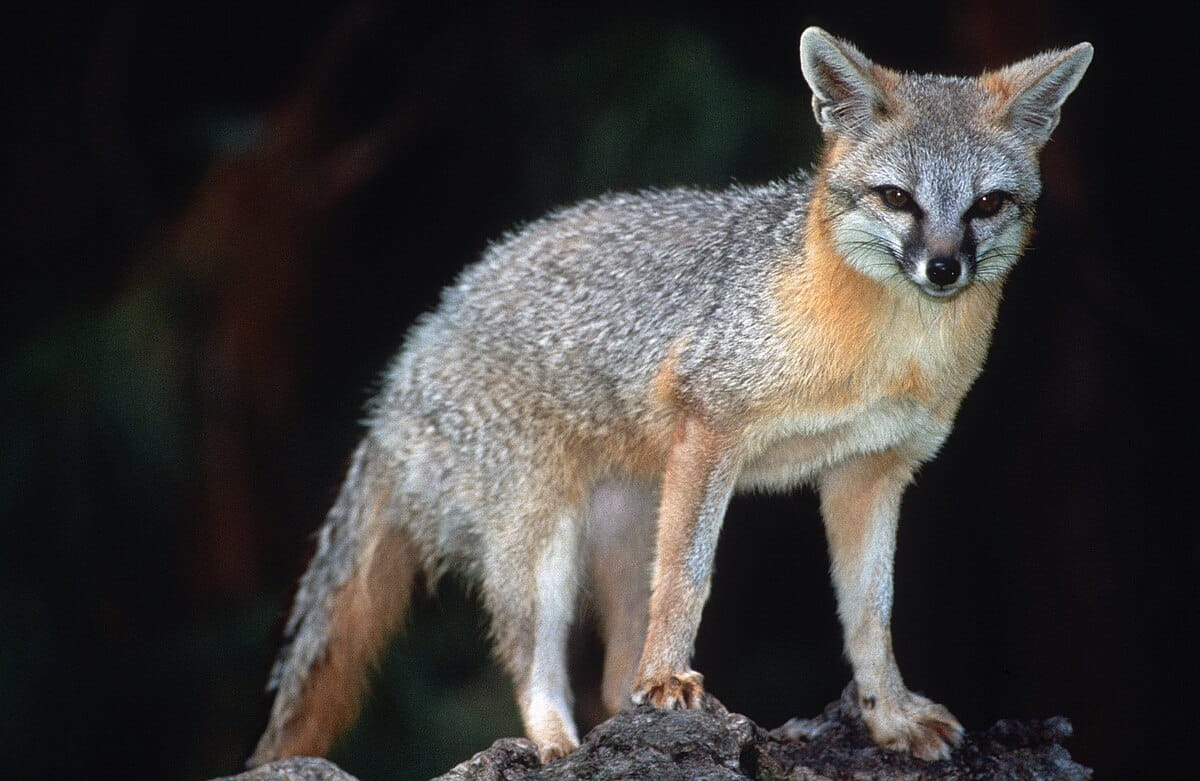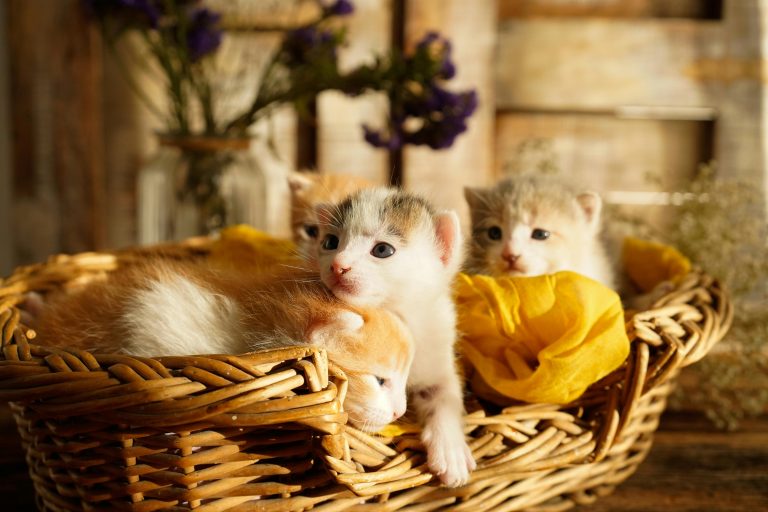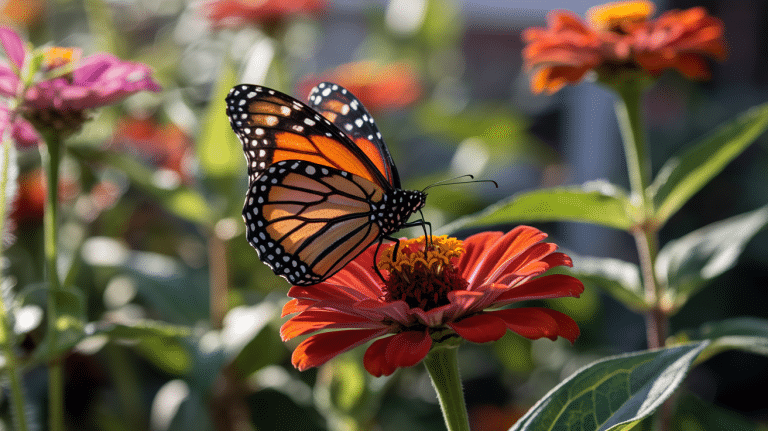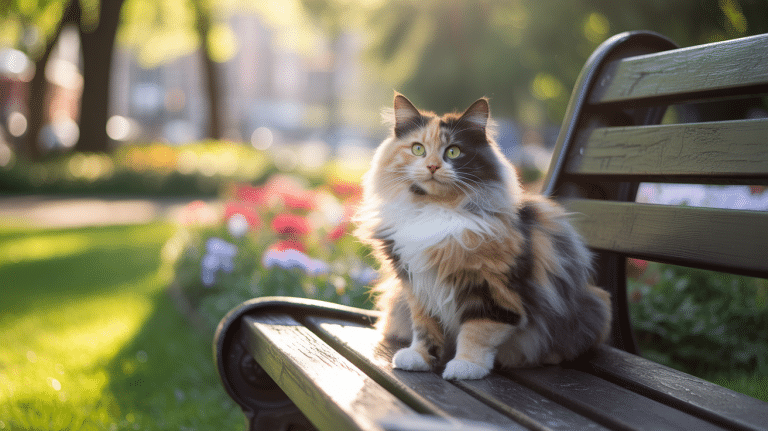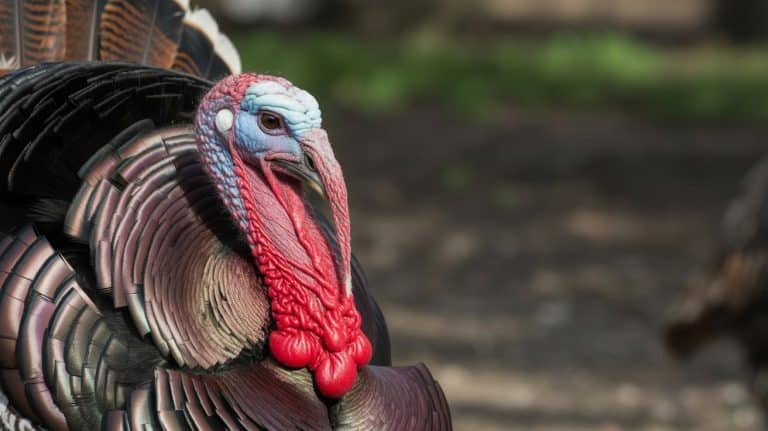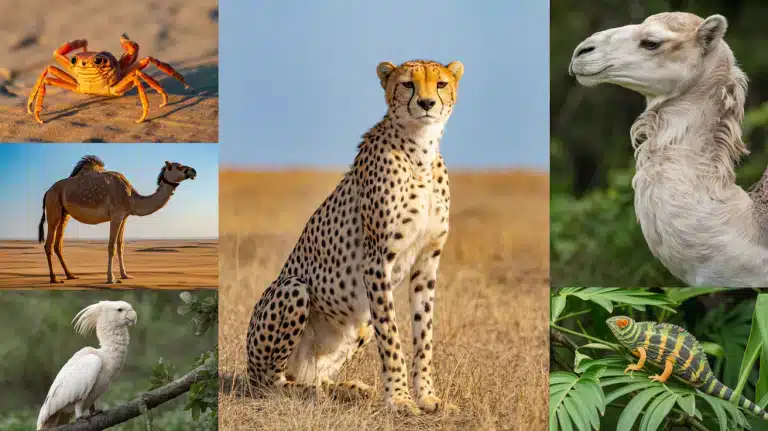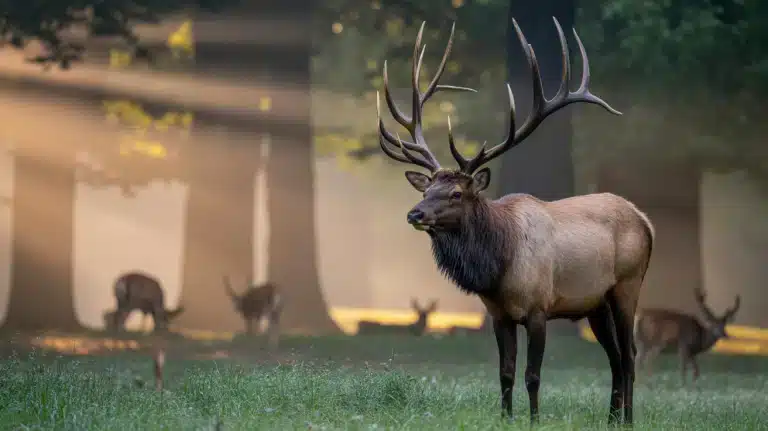Have you ever wondered what animals start with the letter U? When we think of the letter U, not many animal names start with this letter.
However, this is not true. If you research more about the name, you will find many animals that start with this letter.
Teaching your kids some animals’ names early on in their lives will make them intrigued by wildlife and make them more empathetic towards animals in general.
So, if you are a parent about to teach your child animal names and are wondering about the letter animal U, this blog becomes a must-read for you.
1. Uakari
The Uakari, scientifically classified under the genus Cacajao, is a primate endemic to the Amazon rainforest.
Its features include a bald face with vibrant hues of red or pink, serving as an indicator of health and social standing within its group.
With four recognized species—white, bald, black-headed, and golden-backed uakaris—these monkeys thrive in the treetops, adapting to their habitat.
In cohesive social units, uakaris showcase strength and agility in their limbs. They are one of the vital contributors to their ecosystem and play a crucial role in seed dispersal.
Unfortunately, Uakaris face threats from deforestation, hunting, and the pet trade, so conservation efforts are highly required to safeguard their existence.
2. Uguisu
The Uguisu, also known as the Japanese bush warbler, is a small and rare bird native to Japan, Korea, and China.
Renowned for its melodic voice, the Uguisu holds cultural significance in Japan and is often associated with the arrival of spring.
Spotting this avian species can be challenging with its olive-brown plumage and subtle presence in dense vegetation.
Despite its discreet nature, the Uguisu remains a cherished bird that melts hearts with its song in woodland areas.
3. Urutu
The Urutu, scientifically known as Bothrops alternatus, is a venomous pit viper species native to South America.
Sporting a robust and compact body, it showcases a distinctively marked pattern of alternating dark and light bands, providing effective camouflage within its natural habitat.
This nocturnal serpent resides in grasslands and subtropical forests and is predominantly found in Argentina, Brazil, Paraguay, and Uruguay.
Possessing potent hemotoxic venom, the Urutu poses a potential threat to humans.
While encounters are rare due to their elusive nature, locals in its range are mindful of this species, emphasizing the importance of coexistence and conservation efforts for South America’s diverse wildlife.
4. Unicorn
The unicorn, a mythical creature, seems like a fantasy with its presence.
Universally recognized for its single spiraled horn adorning its forehead, the unicorn shows grace and purity in fantasy.
Under starlit skies, the unicorn seems like an untamed spirit.
5. Utonagan
The Utonagan is an attractive dog breed renowned for its striking appearance and wolf-like features.
Originating from a mix of Siberian Huskies, Alaskan Malamutes, and German Shepherds, the Utonagan symbolizes strength, intelligence, and a friendly demeanor.
Its thick double coat, often displaying various colors, provides insulation against harsh climates.
Known for their agility and versatility, Utonagans thrive in active households and form strong bonds with their owners.
6. Uinta Ground Squirrel
The Uinta ground squirrel (Urocitellus armatus) is a small rodent endemic to the western United States, particularly in the Uinta Mountains region.
Recognized for its distinctive appearance, it features a mottled coat of grays and browns, providing effective camouflage in its alpine habitat.
These diurnal creatures are well-adapted to their environment, showcasing remarkable agility and speed.
Uinta ground squirrels exhibit social behaviors, forming colonies where they share burrow systems.
Their diet primarily consists of grasses, seeds, and herbs.
7. Umbonia Spinosa
Umbonia spinosa, commonly known as the thorn bug, is a fascinating insect species in Central and South America.
What sets this insect apart is its remarkable appearance, characterized by elongated, thorn-like projections covering its body.
These unique structures serve protective and camouflaging purposes, resembling thorns on plant stems.
The thorn bug primarily feeds on plant sap using its piercing mouthparts, measuring around half an inch.
Its cryptic appearance helps it blend seamlessly with the vegetation, effectively defending itself against predators.
8. Unau
The unau, scientifically known as Choloepus, is a genus of tree-dwelling mammals commonly referred to as two-toed sloths.
Named for their two long, curved claws on their front feet, unaus are primarily found in Central and South American rainforests.
These slow-moving creatures spend most of their lives hanging upside down from tree branches, relying on their coarse fur, which harbors symbiotic algae, for camouflage.
Despite their deliberate movements, unaus exhibit remarkable adaptations, such as specialized vertebrae allowing them to rotate their heads up to 270 degrees, enhancing their survival in arboreal habitats.
9. Uromastyx
The Uromastyx, known as the spiny-tailed lizard, is a fascinating reptile characterized by its unique appearance and behavior.
These diurnal creatures boast distinctive spiky tails, which they use for defense against predators.
Uromastyx are herbivores, feeding on a vegetation diet, including leaves, flowers, and seeds.
Their ability to withstand high temperatures makes them well-adapted to desert environments.
Popular in the exotic pet trade, Uromastyx requires specific care, such as a warm and dry habitat, to thrive in captivity.
10. Umbrella Cockatoo
Distinguished by its majestic white plumage and a distinctive crest resembling an open umbrella, this medium-sized cockatoo exudes charm.
Known for its intelligence and ability to mimic human speech, the Umbrella Cockatoo makes for an engaging and affectionate companion.
These social birds thrive on interaction and require mental stimulation.
Unfortunately, the species faces challenges in the wild due to habitat loss and the pet trade.
11. Ursine Colobus
The Ursine Colobus (Colobus vellerosus) is a primate native to the dense forests of West Africa.
The term “ursine” aptly describes its bear-like demeanor, enhanced by a robust physique and a unique, tufted cap of hair on its head.
Living in social groups, Ursine Colobus monkeys navigate the canopy with remarkable agility, primarily feasting on a diet of leaves, seeds, and fruits.
Despite their presence, these primates face conservation challenges, including habitat loss and hunting, emphasizing the need for protective measures to ensure their continued existence in the wild.
12. Upupa
The Upupa, commonly known as the hoopoe, is a distinctive and striking bird that graces landscapes across Europe, Asia, and Africa.
Characterized by its unique appearance, the hoopoe boasts a distinctive crown of feathers on its head, an elegantly long, slender bill, and striking black and white wings.
Renowned for its vibrant plumage and fascinating behaviors, the hoopoe is often associated with positive symbolism in various cultures.
These agile birds are adept at foraging for insects with their specialized bills, contributing to the delicate balance of the ecosystems they inhabit.
13. Uist Hedgehog
The Uist Hedgehog, a unique species in the Uists, attracts viewers with its distinctive characteristics.
This small mammal, scientifically known as Erinaceus uistensis, has shades ranging from earthy browns to subtle greens, offering camouflage in diverse landscapes.
Evolving in isolation, the Uist Hedgehog has adapted its foraging habits to the region’s rich vegetation, making it an integral part of the local ecosystem.
Conservation efforts are crucial to safeguard this enchanting creature, ensuring its continued presence amidst the windswept Uist landscapes.
14. Ussurian Tiger
The Ussurian Tiger is a majestic big cat native to the Russian Far East and parts of China and North Korea.
Also called the Siberian Tiger ranks among the largest feline species, with males weighing up to 1,000 pounds.
Recognized for its striking orange coat adorned with black stripes, this carnivorous predator is an apex predator in its habitat.
Unfortunately, the Ussurian Tiger faces threats such as habitat loss and poaching, leading to conservation efforts to protect this iconic species and ensure its survival in the wild for future generations.
15. Utah Prairie Dog
The Utah Prairie Dog (Cynomys parvidens) is a charismatic rodent species native to the southwestern United States.
Living in cohesive social colonies on the vast prairies, these small mammals are pivotal in shaping their grassland ecosystems.
Recognizable by their tan fur, short legs, and alert demeanor, Utah Prairie Dogs are excellent burrowers, creating intricate tunnel systems for shelter and protection.
Unfortunately, their existence faces challenges due to habitat loss and fragmentation, agricultural activities, and disease outbreaks.
16. Uvula-Eyed Snake
This species of snake stands out for its distinct and captivating appearance.
Measuring around 30 to 40 centimeters in length, these slender snakes exhibit a range of coloration, including shades of brown, gray, and olive, helping them blend seamlessly with their natural surroundings.
Their eyes, with vertically elliptical pupils, add to their enigmatic charm.
They are naturally nocturnal, preferring the cover of darkness for their activities.
They primarily feed on small insects, arachnids, and other invertebrates.
These snakes are typically found in rocky habitats, where they utilize crevices and rocky outcrops as shelter.
17. Uroplatus
Renowned for their extraordinary camouflage, Uroplatus species have evolved to mimic dead leaves or tree bark, allowing them to blend seamlessly into their surroundings.
With unique flattened bodies, fringed edges, and intricate patterns, they expertly conceal themselves from predators and prey alike.
These geckos possess specialized toe pads, aiding in climbing and maintaining their cryptic lifestyle.
18. Utahraptor
Utahraptor is a prehistoric dinosaur that roamed the Earth during the Early Cretaceous period, approximately 126 million years ago.
Belonging to the dromaeosaurid family, Utahraptor was a formidable predator with a distinctive sickle-shaped claw on each hind foot.
These carnivorous dinosaurs were characterized by their feathered appearance, similar to modern birds, and were likely agile hunters.
Utahraptor is estimated to have reached lengths of around 20 feet (6 meters) and played a significant role in the ancient ecosystems it inhabited.
Its discovery in Utah, USA, contributed to our understanding of the diverse dinosaur species that once populated our planet.
19. Unicornfish
The Unicornfish, scientifically known as Naso unicornis, is a striking marine species found in the warm waters of the Indo-Pacific region.
Sporting a distinctive horn-like extension from its forehead, resembling a mythical unicorn, this fish attracts visitors with its unique appearance.
Growing up to 24 inches in length, it easily navigates coral reefs and lagoons.
The Unicornfish boasts a vibrant color palette featuring shades of blue, green, and yellow, adding to its beauty.
20. Underwing Moth
The Underwing Moth, scientifically known as Catocala, is a diverse genus of nocturnal Lepidoptera characterized by its distinctive wing patterns.
Found across North America, Europe, and Asia, these moths are renowned for their intricate camouflage, which often mimics tree bark, providing them with effective concealment during daylight hours.
The cryptic coloration of the forewings conceals vibrant hindwings revealed only in flight or when the moth feels threatened, serving as a startling defense mechanism.
Their caterpillars typically feed on deciduous trees, and the adult moths are essential pollinators.
21. Usambara Orange Baboon
The Usambara Orange Baboon (Papio cynocephalus orarius) is an intriguing primate native to the Eastern Arc Mountains of Tanzania.
These baboons distinguish themselves in the lush Usambara rainforests by displaying a vivid orange-brown fur coat.
As highly social creatures, they form tight-knit groups, fostering strong bonds through grooming and intricate social interactions.
Their omnivorous diet encompasses fruits, seeds, insects, and small vertebrates, contributing to the ecosystem’s balance.
Usambara Orange Baboons play a pivotal role in seed dispersal, aiding forest regeneration.
22. Urutu Pit Viper
The Urutu Pit Viper (Bothrops alternatus), often referred to simply as the Urutu, is a venomous snake found in South America.
With its striking appearance, characterized by a robust body and distinctive markings, it serves as a notable member of the Viper family.
Its habitat ranges from savannas to rainforests, and it is known for its terrestrial lifestyle.
The Urutu is a formidable predator, relying on its potent venom to subdue prey.
Though its bite threatens humans, it plays a vital ecological role in controlling rodent populations.
23. Umbrellabird-of-Paradise
The Umbrellabird-of-Paradise, scientifically known as Cephalopterus ornatus, is an avian species found in the rainforests of Central and South America.
This remarkable bird is renowned for its striking appearance, featuring an elongated, umbrella-like crest on its head, which males display during courtship rituals.
The distinctive plumage, characterized by iridescent black feathers and intricate patterns, adds to its beauty.
The males utilize their extraordinary crests to attract potential mates, creating an impressive spectacle in the dense canopy.
24. Uguisu Warbler
The Uguisu Warbler, scientifically known as the Phylloscopus borealis, is a small, enchanting bird native to the lush forests of East Asia.
Revered in Japanese culture, it is commonly known as the Japanese Bush Warbler.
Its olive-green plumage effortlessly blends into the verdant foliage, making it a challenging sight for observers.
Renowned for its distinct, melodious song, the Uguisu Warbler’s vocalizations are synonymous with the arrival of spring in Japan.
These agile and secretive birds forage for insects amidst the underbrush, contributing to the delicate balance of their forest ecosystems.
25. Unicorn Beetle
The Unicorn Beetle, scientifically known as Dynastinae, is an insect in the Scarabaeidae family.
Renowned for its impressive size and distinctive horn-like structure on the males, these beetles are predominantly found in tropical regions of the Americas.
With a robust exoskeleton and powerful mandibles, the Unicorn Beetle showcases remarkable strength and resilience in its ecological niche.
Its diet primarily consists of decaying plant matter, contributing to nutrient cycling in its habitat.
26. Umbrellabird Cotinga
The Umbrellabird Cotinga (Cephalopterus ornatus) is a remarkable avian species residing in the rainforests of Central and South America.
Recognized for its unique appearance, the male Umbrellabird Cotinga boasts an elongated, umbrella-like crest that extends over its bill.
This extravagant feature is used during courtship displays to attract mates.
These birds are striking in their aesthetics, with predominantly black plumage punctuated by vivid blue facial skin and a contrasting white wattle.
They thrive in the upper canopy, sustaining on fruits and insects.
27. Umbrellabird Flycatcher
The Umbrellabird Flycatcher is a striking avian species that inhabits the lush rainforests of Central and South America.
Recognized for its unique appearance, the male boasts an elongated, umbrella-like crest prominently displayed during courtship rituals to attract mates.
With its glossy black plumage and distinctive vocalizations, the Umbrellabird Flycatcher navigates the dense foliage with agility.
Despite its impressive features, this species faces conservation challenges due to habitat loss and fragmentation.
28. Unicorn Sheep
The Unicorn Sheep is a sheep with the familiar qualities of a regular sheep but with a single horn on its head.
This animal looks aesthetic and brings the landscape a much-needed beauty. Its rare to find in the animal kingdom, making them highly prone to trading and poaching.
Some people believe that such a creature exists only in imagination.
29. Ulmarid Butterfly
The Ulmarid Butterfly, with its delicate wings and vibrant hues, is a butterfly that awe observers with its flight.
Found in diverse habitats, ranging from meadows to gardens, this butterfly is known for its patterns that seem to shimmer in the sunlight.
It has a mesmerizing blend of colors; it effortlessly flutters from flower to flower, contributing to the pollination process crucial for our ecosystems.
The Ulmarid Butterfly’s life cycle is beautiful, from a tiny designed egg to a colorful winged adult.
30. Utah Rhamphorhynchus
Utah Rhamphorhynchus is a fascinating and rare prehistoric creature that still lingers in the imagination of paleontology enthusiasts.
Belonging to the Rhynchocephalia order, this extinct reptile roamed the Earth during the Late Jurassic period, approximately 150 million years ago.
The name “Utahrhamphorhynchus” pays homage to its discovery in Utah, USA, and its characteristic beak-like snout.
This herbivorous reptile, resembling a modern-day lizard, played a crucial role in the ancient ecosystems it inhabited.
31. Uncia Snow Leopard
The Uncia, commonly known as the Snow Leopard, epitomizes the rugged beauty of Central and South Asian high-altitude regions.
This elusive big cat, adapted to life in harsh mountainous terrains, boasts a luxuriously thick coat adorned with distinctive rosettes.
Revered for its solitary nature, the Snow Leopard symbolizes grace and agility in its harsh, snow-covered habitat.
Despite its appearance, this species faces numerous threats, including habitat loss and poaching.
32. Urodela Salamander
The Urodela Salamander, belonging to the order Urodela, is attractive with its unique characteristics and ecological importance.
Renowned for its distinctively slender body and long tail, the Urodela Salamander can regenerate lost body parts, a feature not commonly found in the animal kingdom.
Found in various habitats globally, from lush rainforests to arid deserts, these salamanders play a vital role in maintaining ecological balance.
Their semi-aquatic lifestyle, which prefers freshwater environments, emphasizes their sensitivity to environmental changes.
Researchers and conservationists are intrigued by the Urodela Salamander, making it a fascinating subject for biodiversity studies and environmental stewardship.
33. Ustilaginomycetes Fungus
The Ustilaginomycetes Fungus is a unique organism that deviates from the conventional perception of animals but is fascinated by the natural world.
Known for causing plant smut diseases, this fungus belongs to the Basidiomycota phylum.
Its life cycle involves intriguing transformations, including a diploid yeast stage and the formation of dark, powdery spore masses.
While not an animal in the traditional sense, its impact on plant life makes it a crucial element in ecosystems.
34. Uca Fiddler Crab
The Uca Fiddler Crab is a small but charismatic inhabitant of coastal ecosystems. Named for its distinctive oversized claw resembling a fiddle, this crab belongs to the Ocypodidae family.
Found in intertidal zones, particularly mangrove swamps, and mudflats, the Uca crab is a master of adaptation.
Males employ their disproportionately large claws not only for communication and attracting mates but also for combat and burrow maintenance.
Their burrows provide refuge during high tides and shelter from predators.
35. Umbrellabat
The Umbrellabat is a captivating creature hailing from the dense rainforests of Southeast Asia stands out among its nocturnal counterparts.
With a wingspan reminiscent of an opened umbrella, these bats exhibit a unique blend of elegance and functionality.
Their wide wings enable agile flight, allowing them to navigate the intricate canopy safely.
Umbrellabats, true to their name, possess a distinctive umbrella-like membrane between their elongated fingers, creating an extraordinary silhouette.
This adaptation serves multiple purposes, aiding in flight control and efficient foraging.
As skilled insect hunters, they gracefully pluck prey from the air using their intricate wing structure.
36. Ulysses Butterfly
The Ulysses Butterfly, scientifically known as Papilio Ulysses, is a captivating species that graces the skies of the Australasian region.
Renowned for its striking iridescent blue wings, the Ulysses Butterfly symbolizes beauty in the insect world.
With a wingspan extending up to 14 centimeters, this butterfly is a remarkable sight, effortlessly gliding through the tropical rainforests of Australia, Indonesia, and Papua New Guinea.
37. Uguisukubi Toad
The Uguisukubi Toad, a fascinating amphibian native to certain regions of Japan, is captivating with its distinctive features and intriguing behaviors.
Scientifically known as “Megophrys nasuta,” this toad earned its Japanese name, meaning “bush warbler’s neck,” due to the peculiar extension of skin resembling a bird’s outstretched neck.
With a cryptic appearance, it adeptly camouflages among leaf litter, making it a master of disguise.
The Uguisukubi Toad is a skilled ambush predator, relying on its remarkable patience to wait for unsuspecting prey.
38. Upland Gorilla
The Upland Gorilla, scientifically known as Gorilla beringei beringei, is a majestic and critically endangered member of the great ape family.
Upland Gorillas are characterized by their robust build, dark fur, and distinctive saddle-shaped markings on their backs.
Living in close-knit social groups led by a dominant silverback, these gentle giants display complex communication, utilizing a variety of vocalizations and expressive gestures.
Unfortunately, habitat loss, poaching, and human encroachment pose severe threats to their survival, underscoring the urgent need for conservation efforts to ensure the continued existence of these remarkable animals.
39. Urial Sheep
Urial sheep are medium-sized herbivores with distinctive curved horns that can span up to 32 inches in length.
Their fur varies from pale reddish-brown to a rich, dark brown, providing effective camouflage in their rocky habitats.
Males typically sport thicker and more massive horns than females, and these horns play a crucial role in territorial disputes and mating displays.
These sheep are highly skilled climbers, easily navigating steep and rocky terrain.
Their diet primarily consists of grasses, herbs, and shrubs in their habitat’s alpine meadows and rocky slopes.
40. Urocyon Gray Fox
The Urocyon Gray Fox possesses a unique feature known as “uvula eyes,” which are small, glandular structures near the base of their throats.
These uvula eyes are believed to have a role in communication and detecting pheromones, aiding in social interactions and mate selection.
Known for their agility and climbing abilities, Urocyon Gray Foxes are the only members of the canid family capable of climbing trees.
Their diverse diet includes small mammals, birds, fruits, insects, and even scavenged food in human settlements.
Urocyon Gray Fox populations face habitat loss, road mortality, and disease transmission challenges despite their adaptability and resourcefulness.
Final Thoughts
From the Uakari monkeys in the Amazon rainforest to the attractive Uguisu Warbler of East Asia, each animal carries its unique story and ecological significance. The world of “Animals that start with U” is diverse.
As we read through the list of animals that start with “U,” we expanded our knowledge and gained a deeper appreciation for these animals.
So, the next time you find yourself conversing about animals, don’t forget to mention the Uakari, the Uguisu Warbler, or even the Unicorn because every animal, no matter how uncommon, has a story worth sharing.

